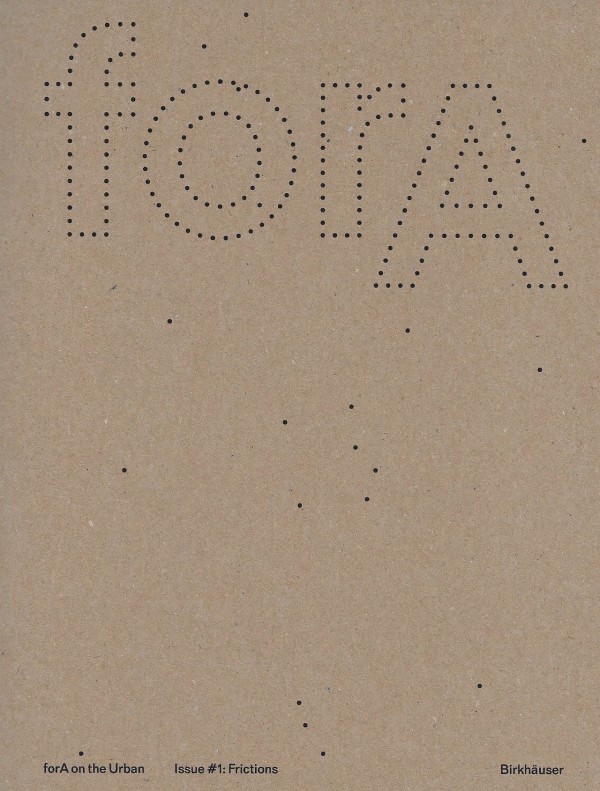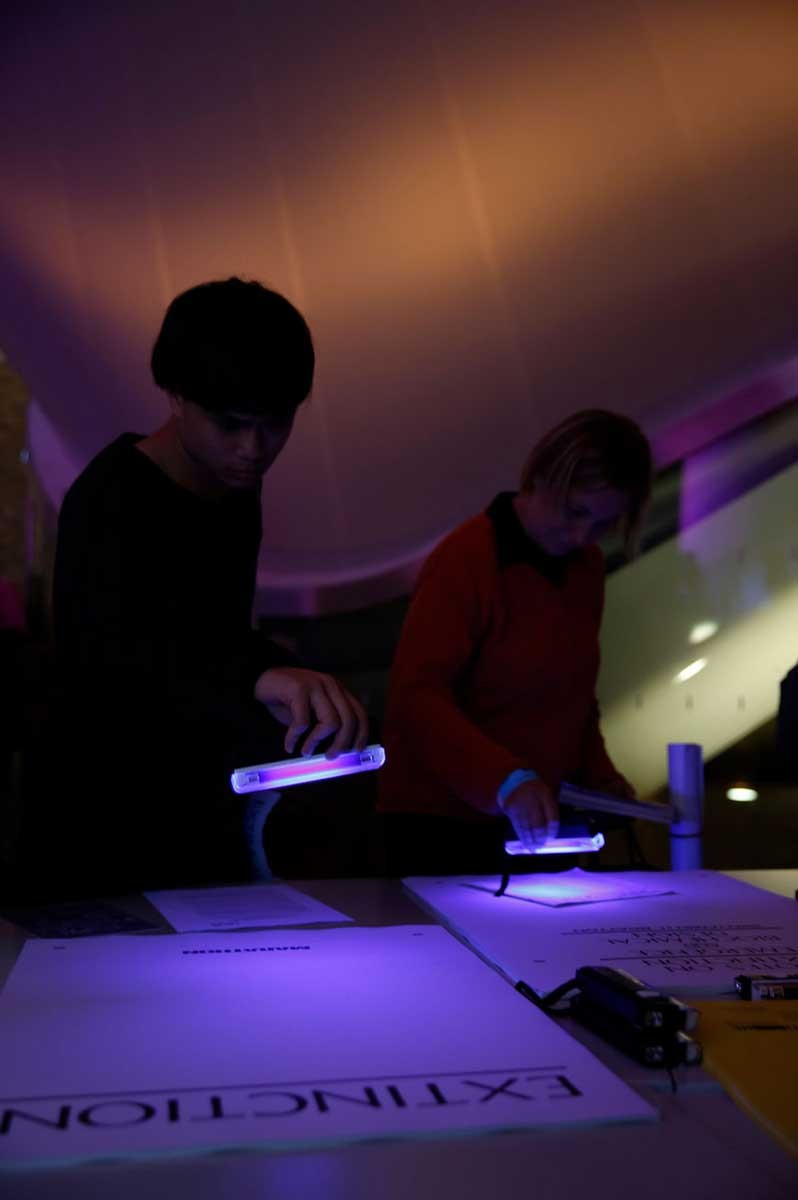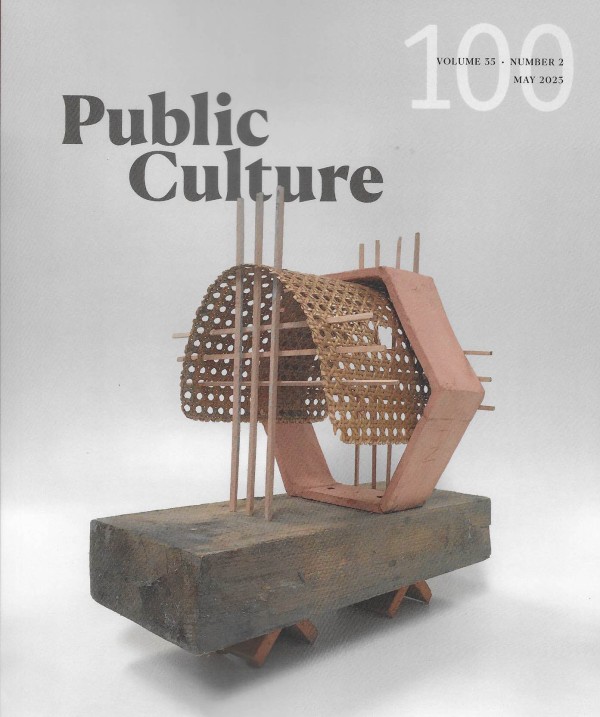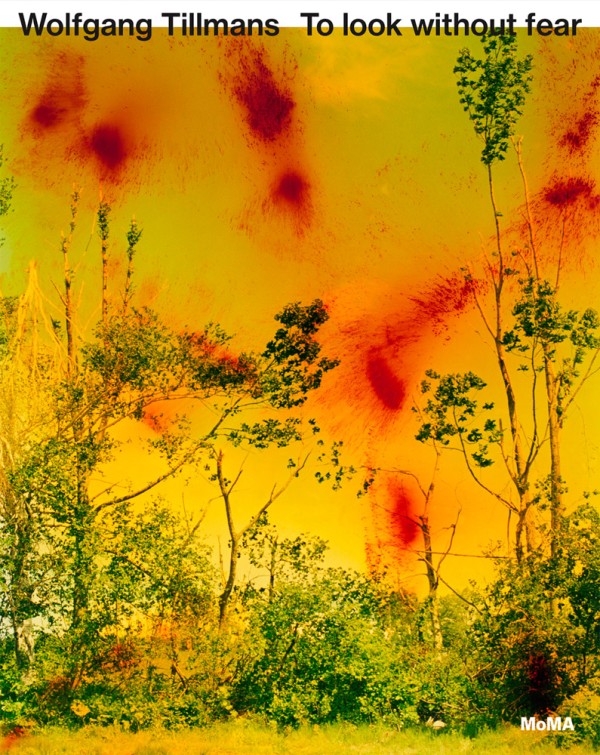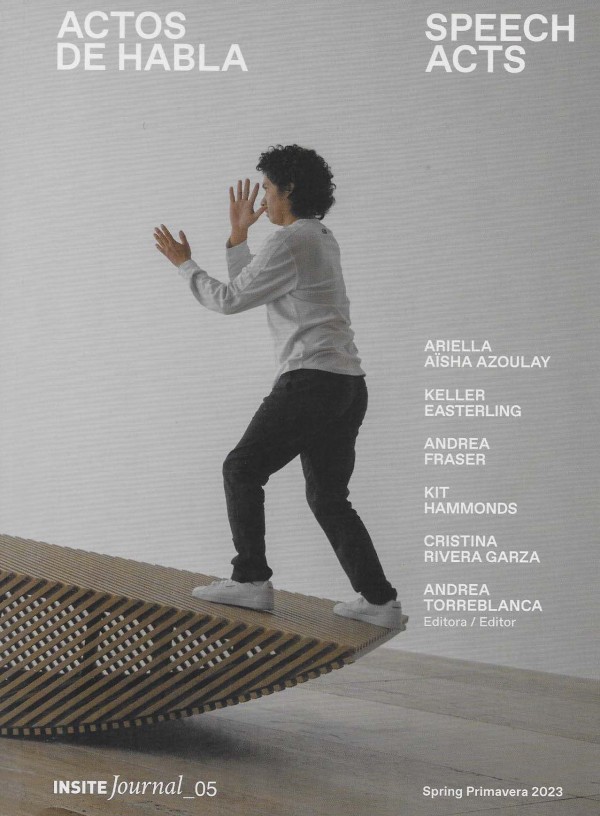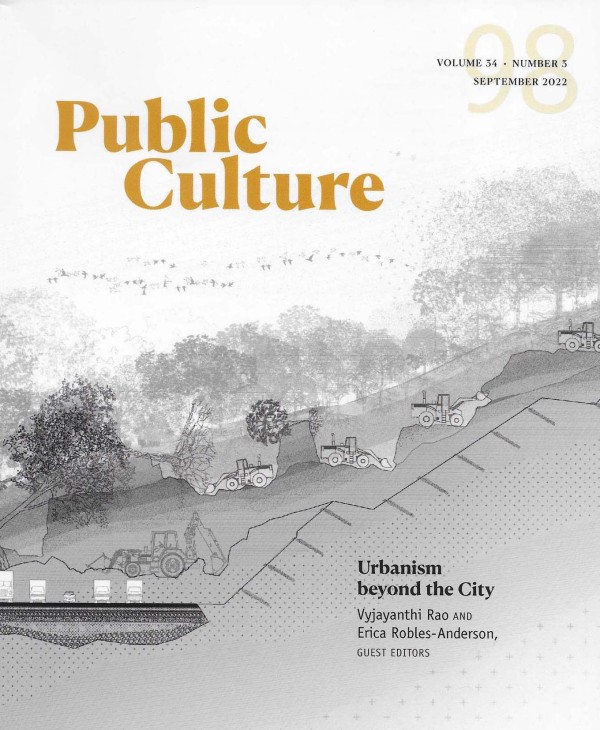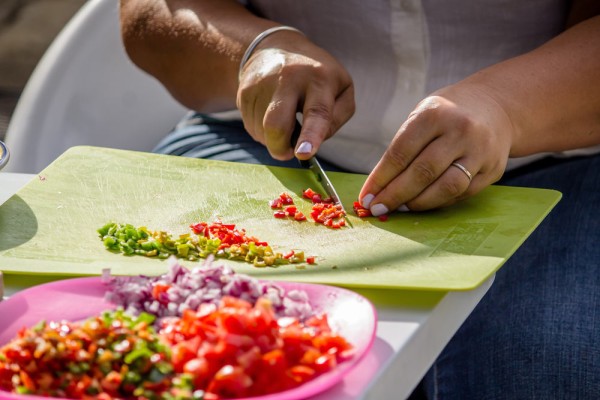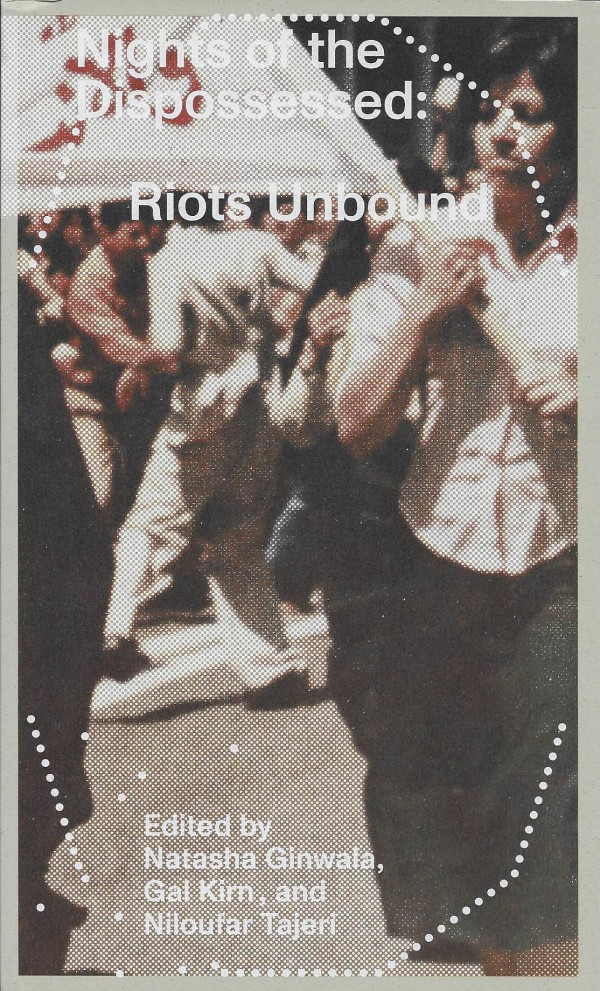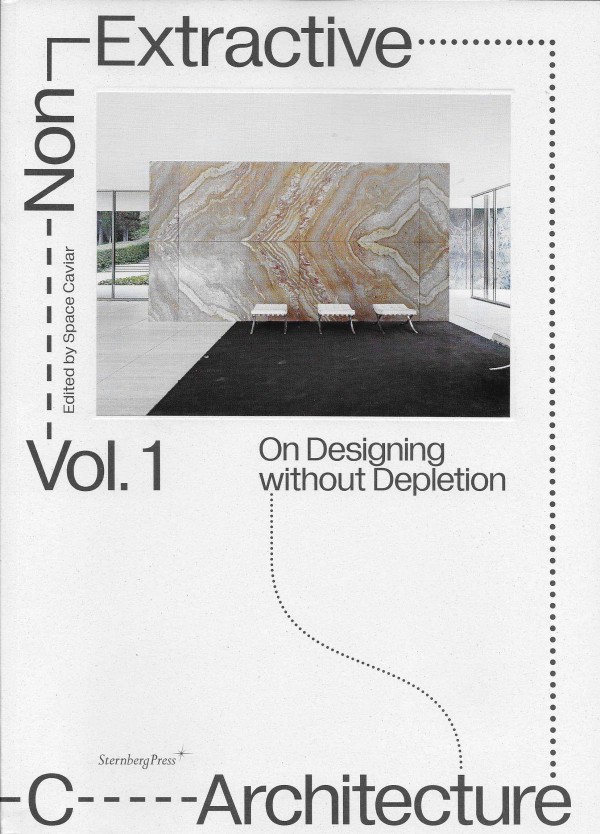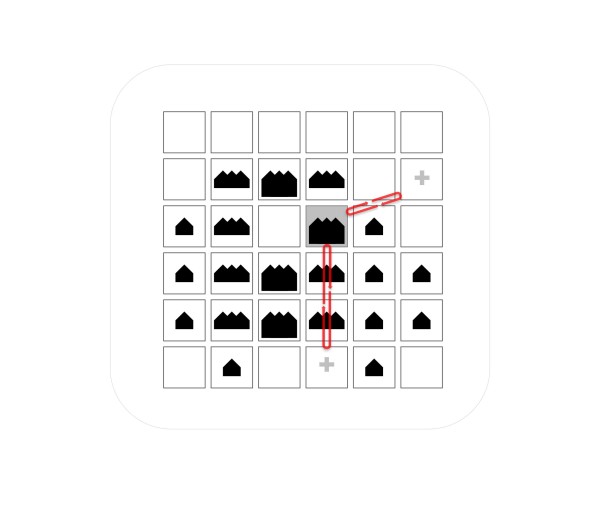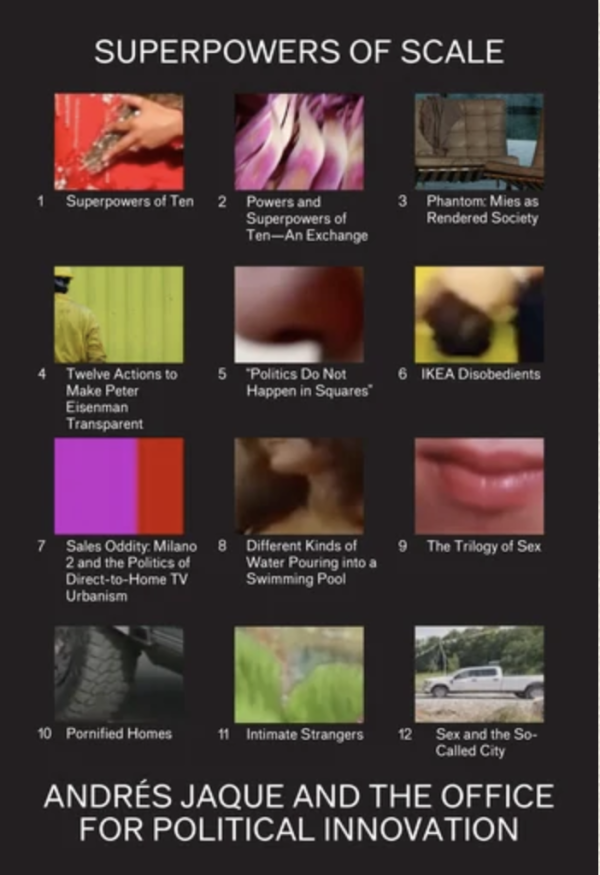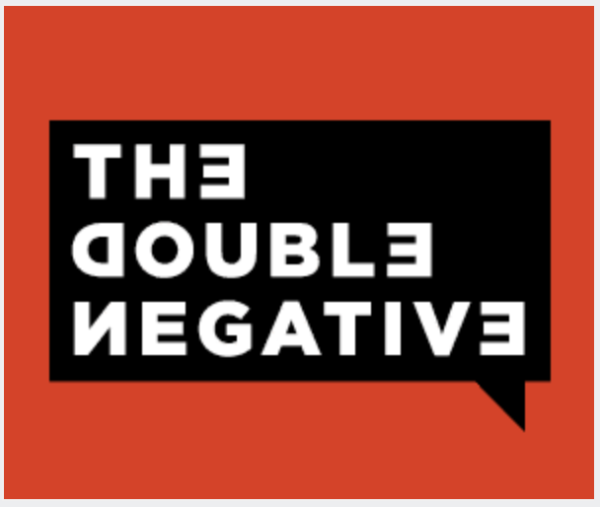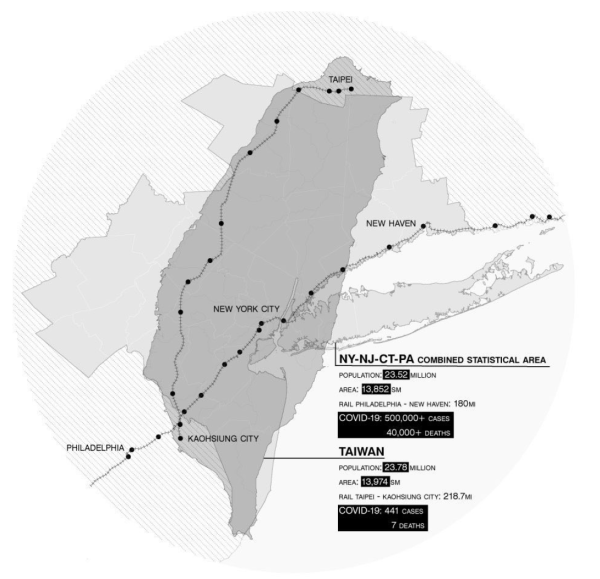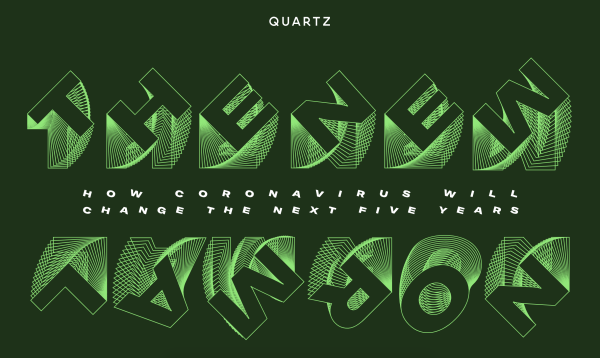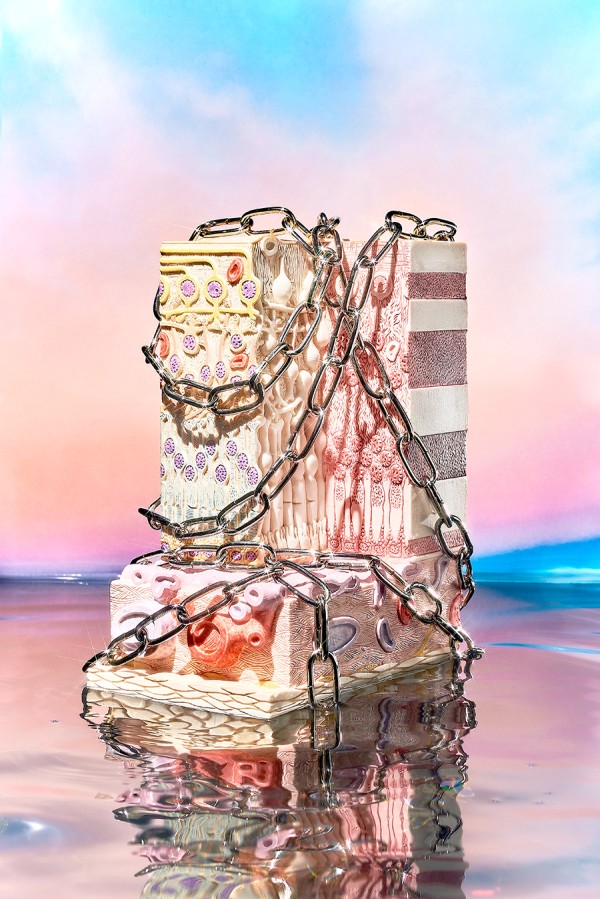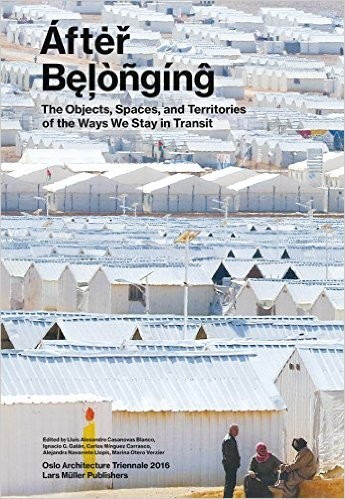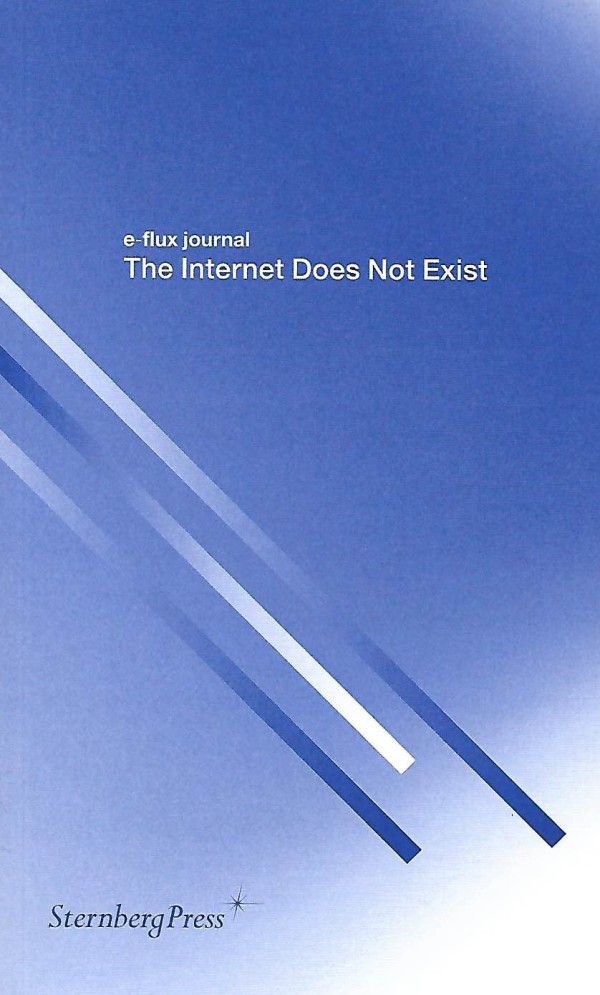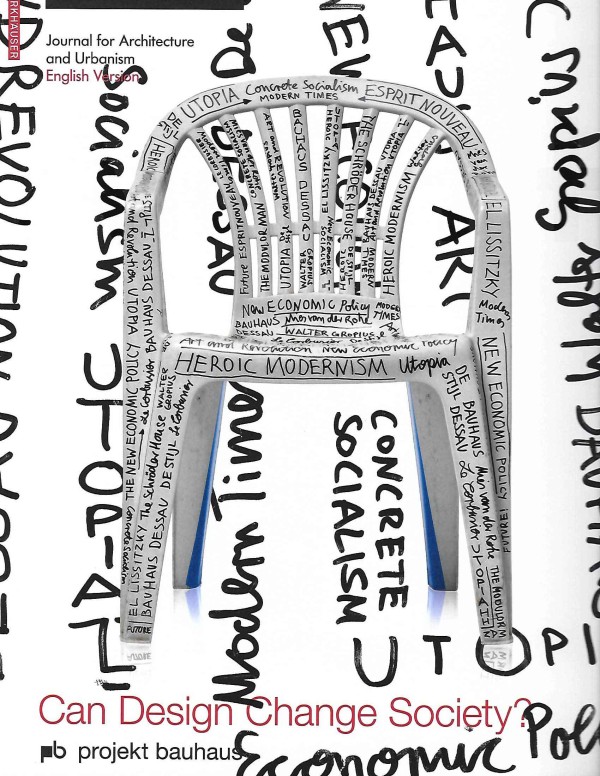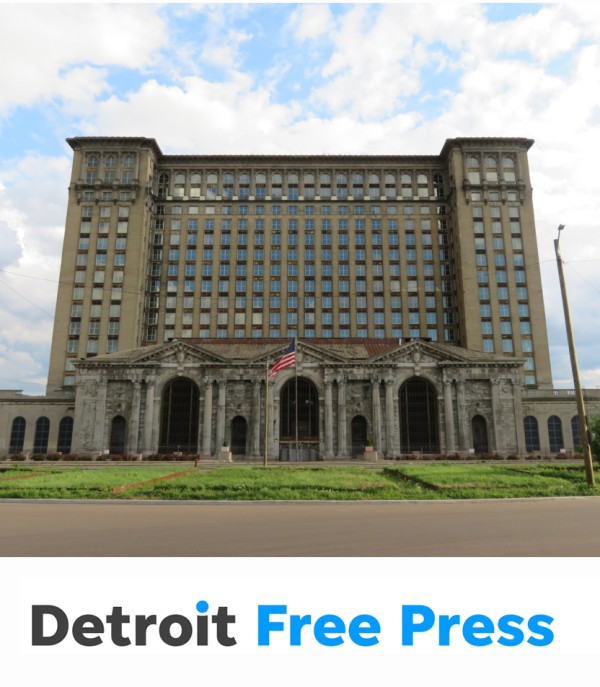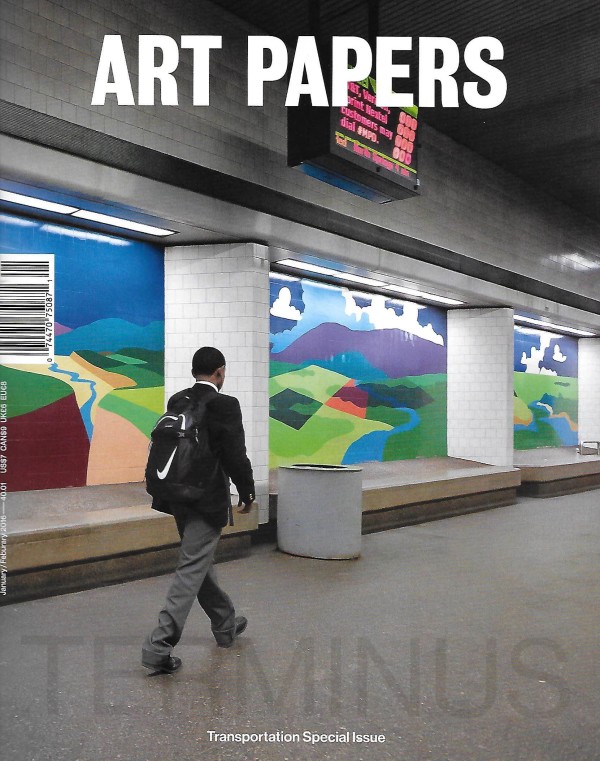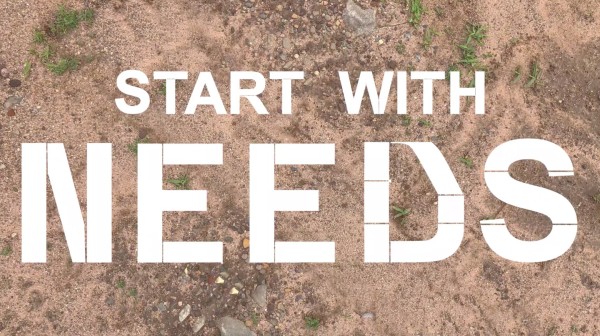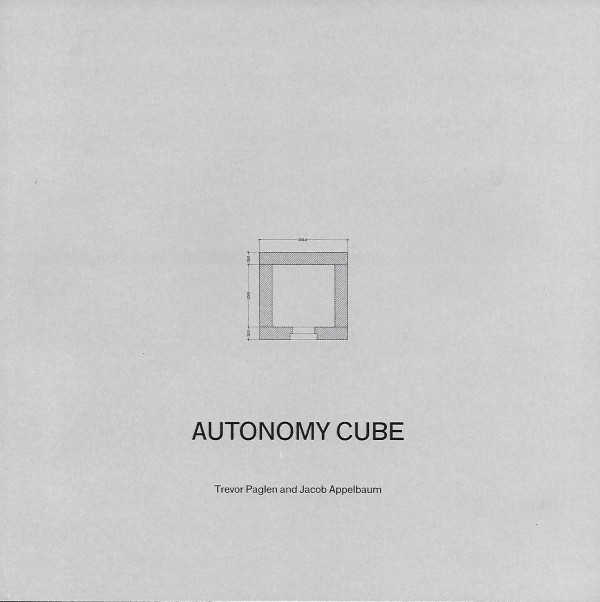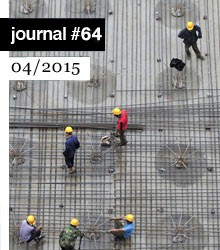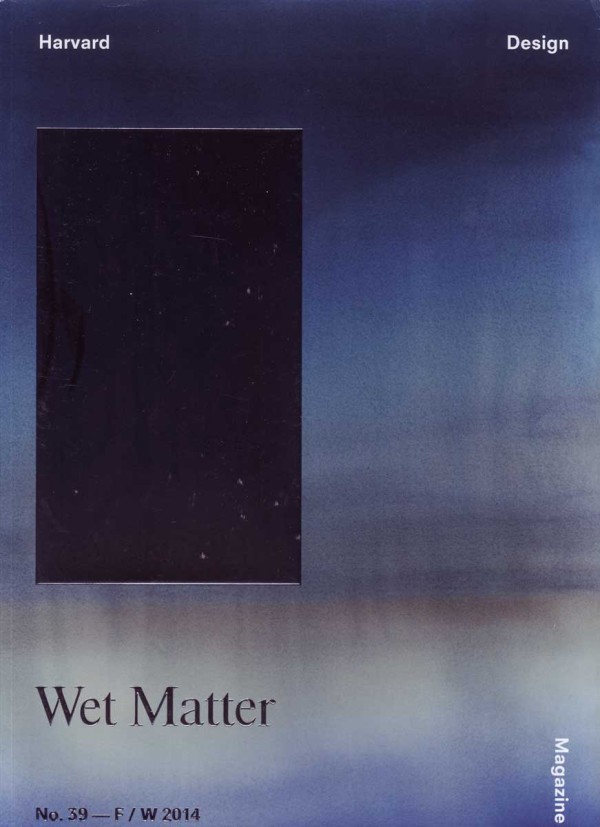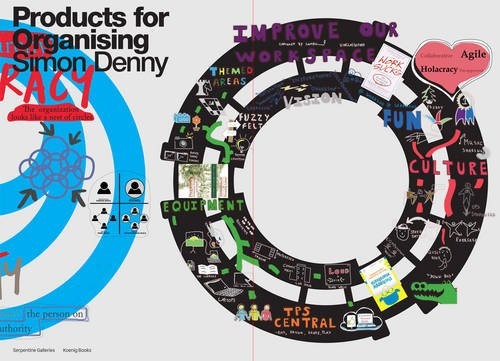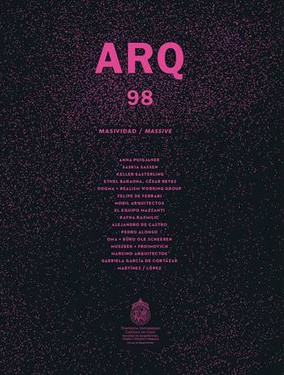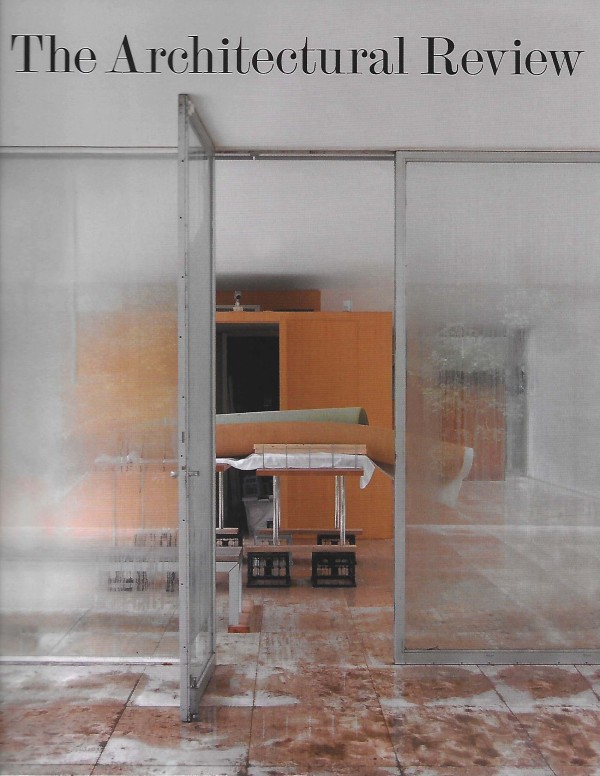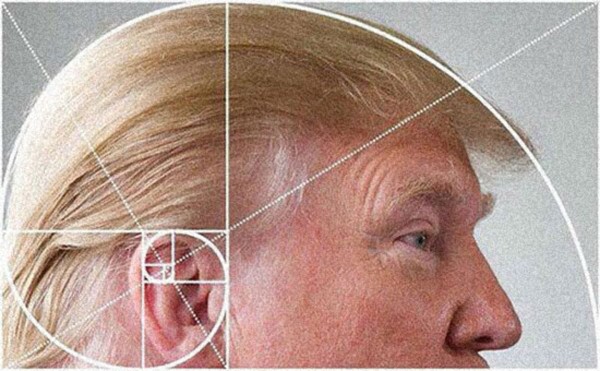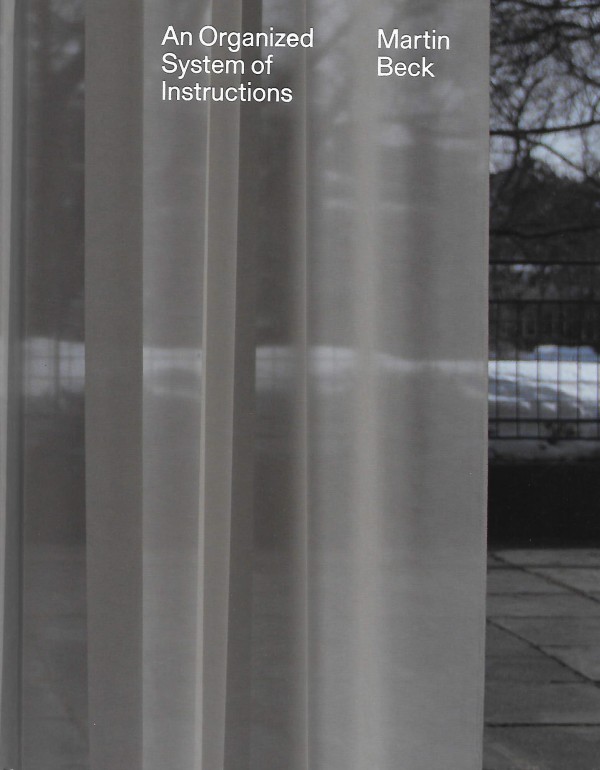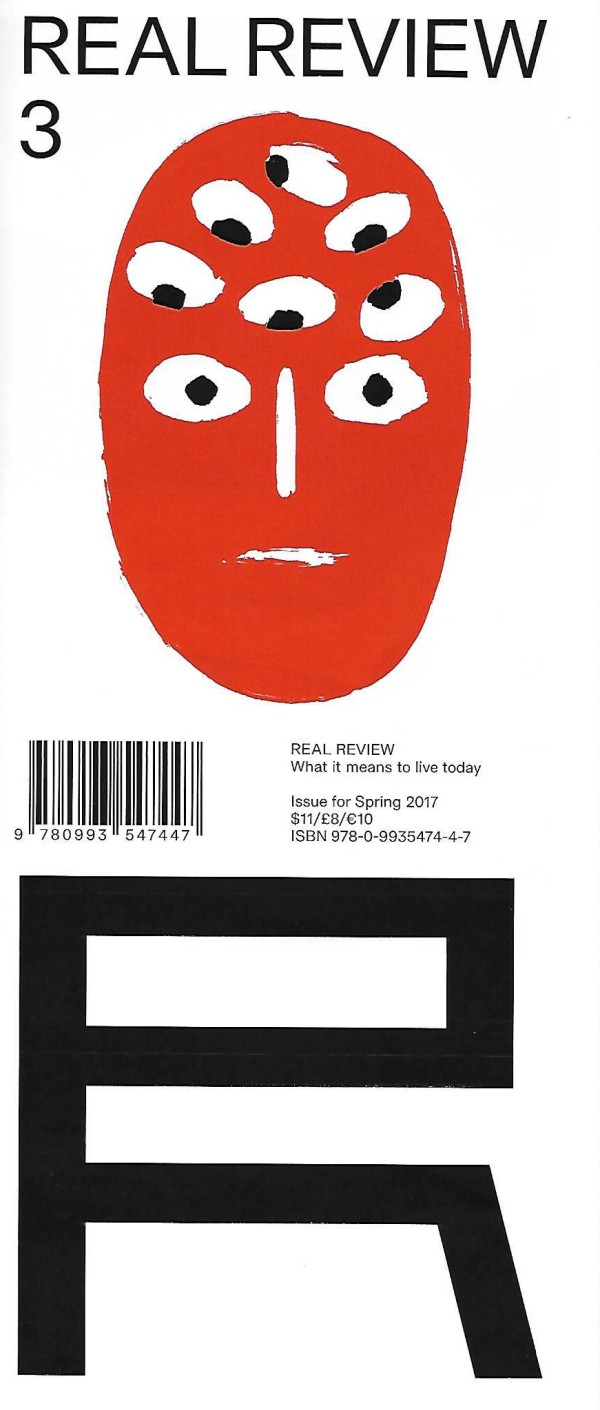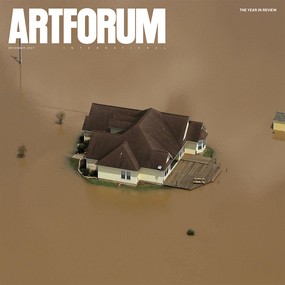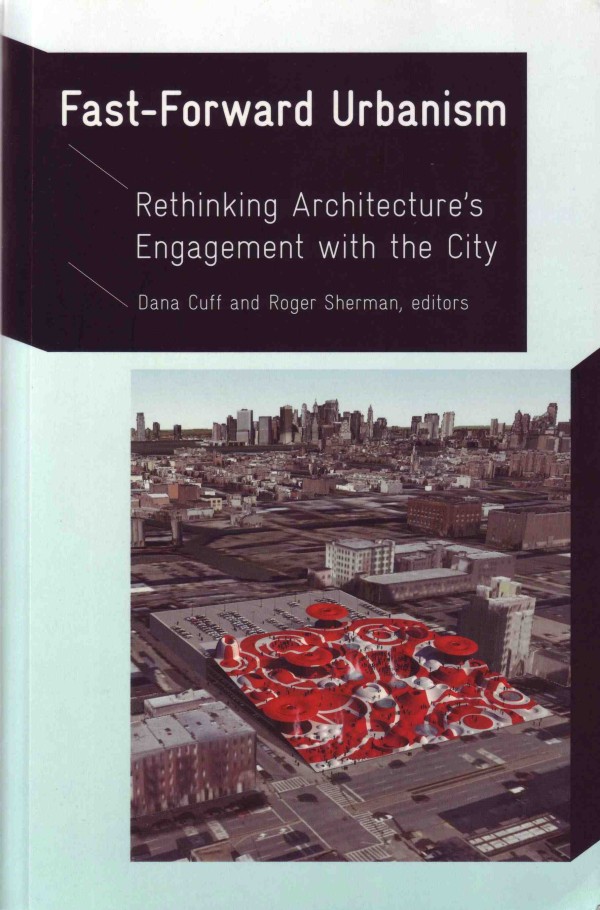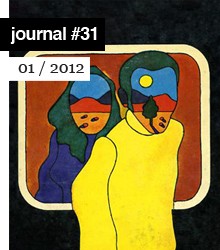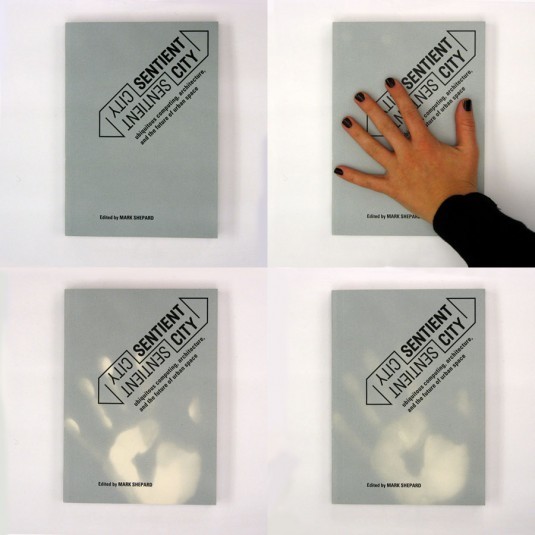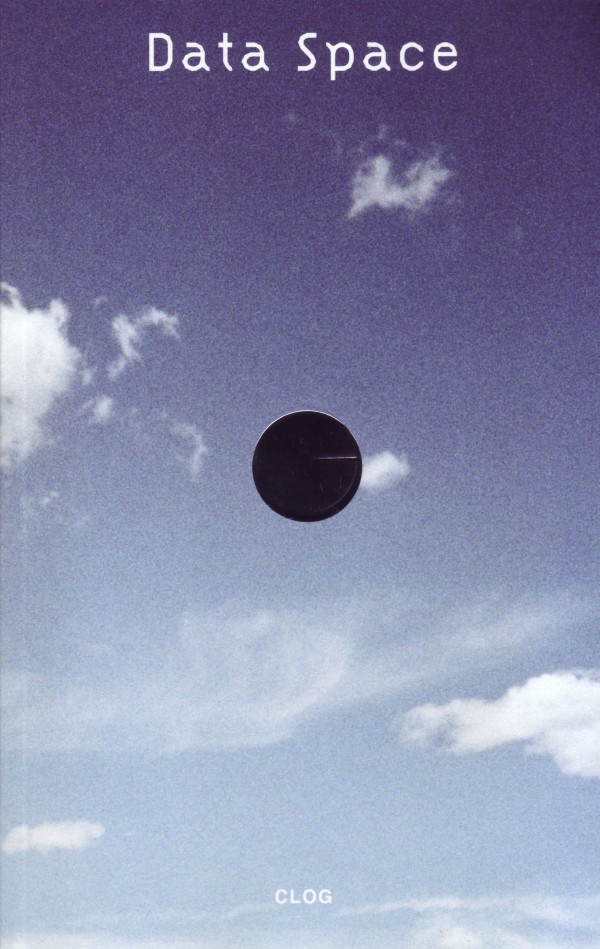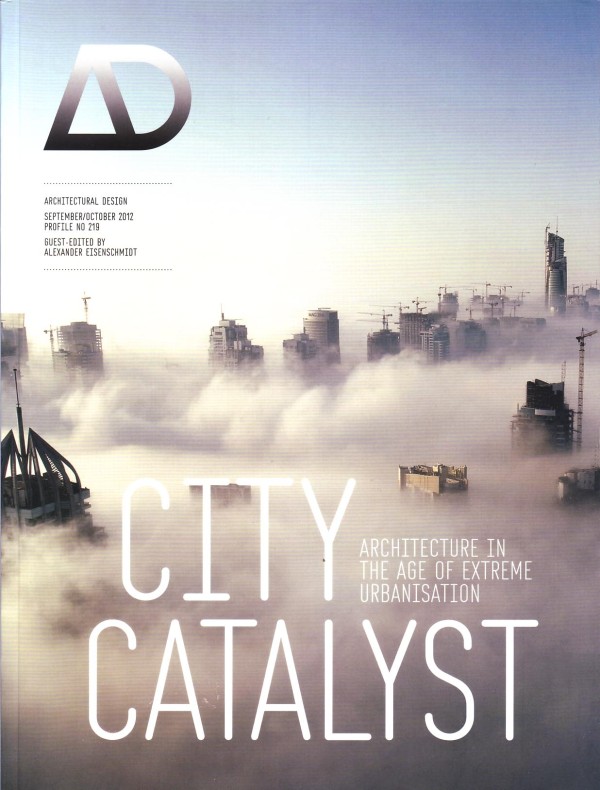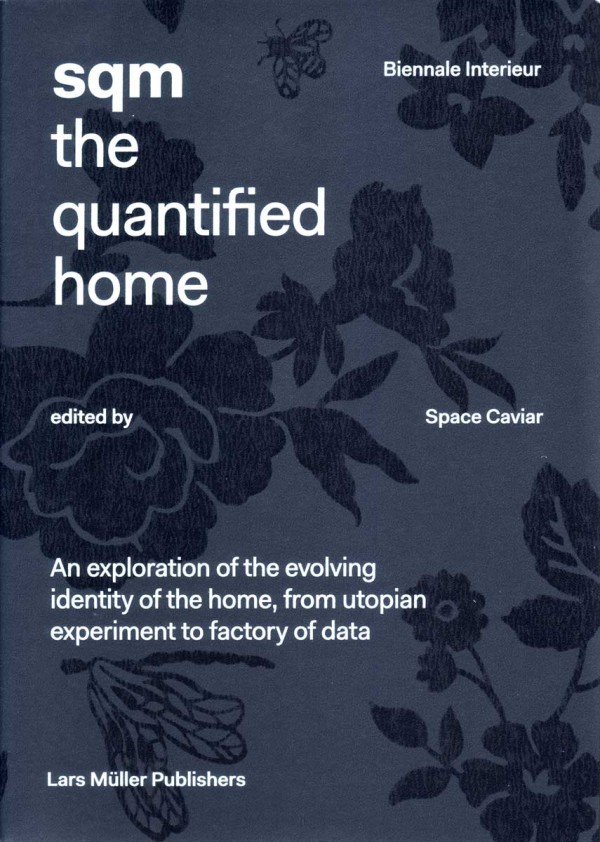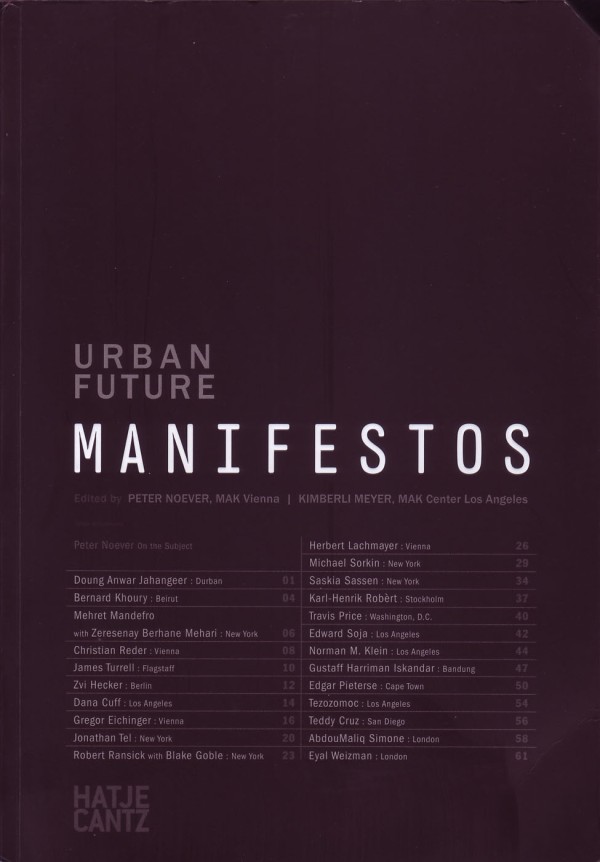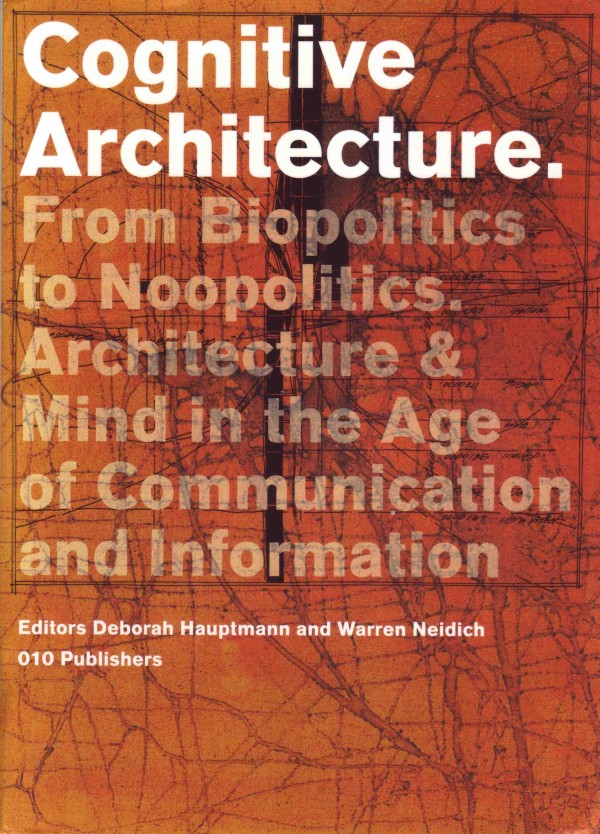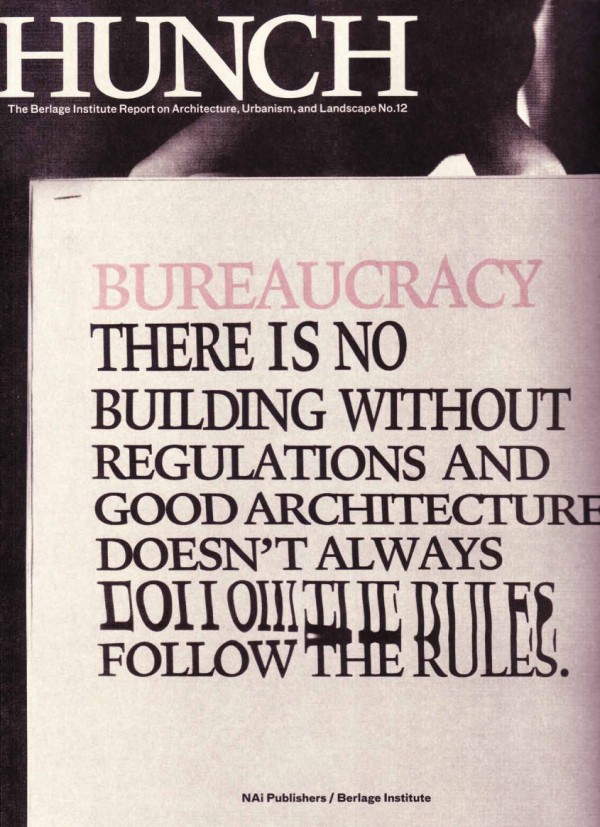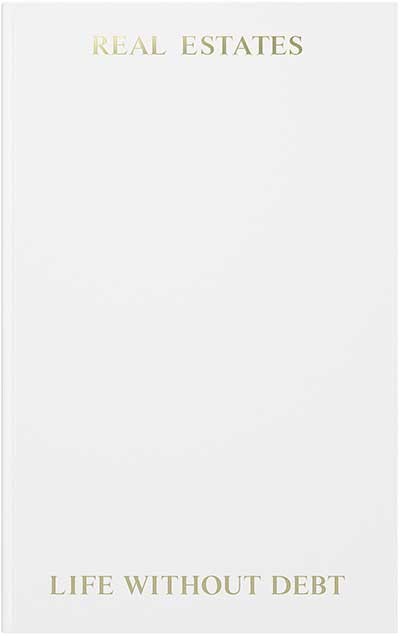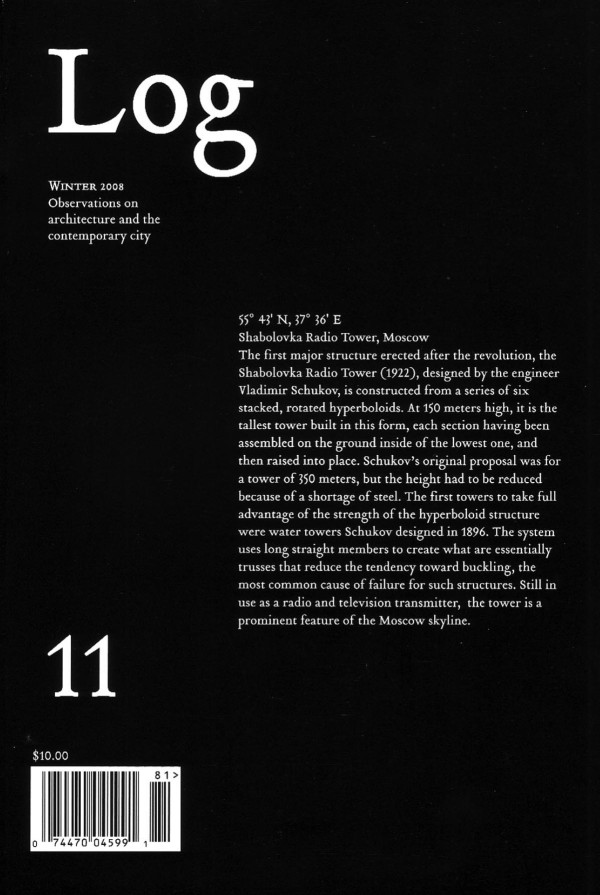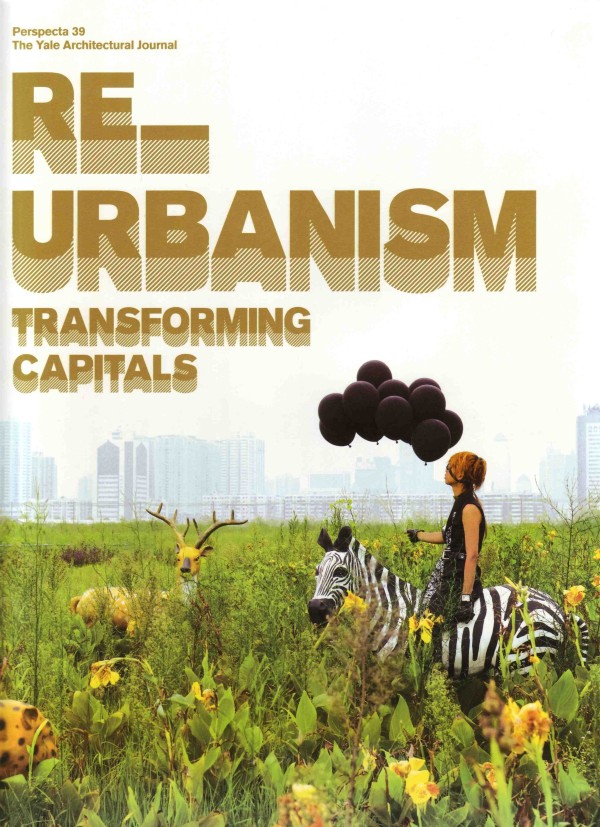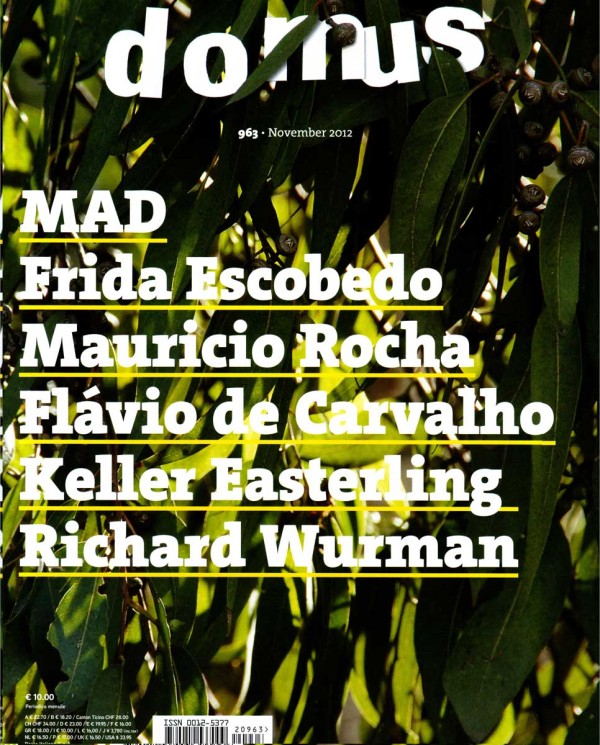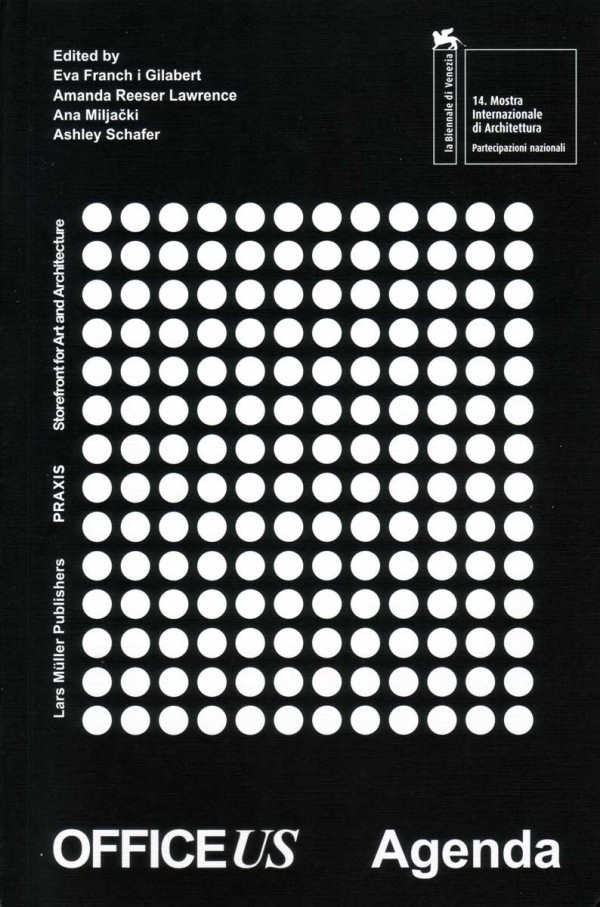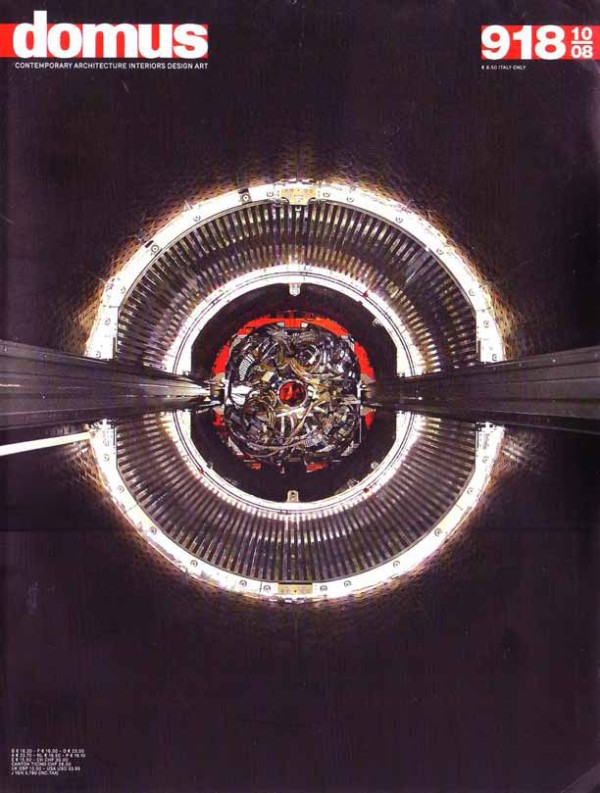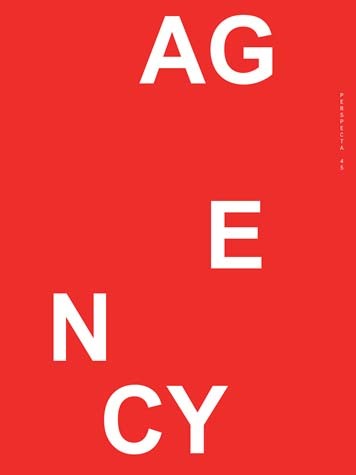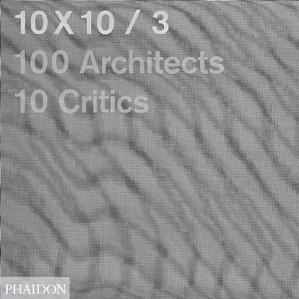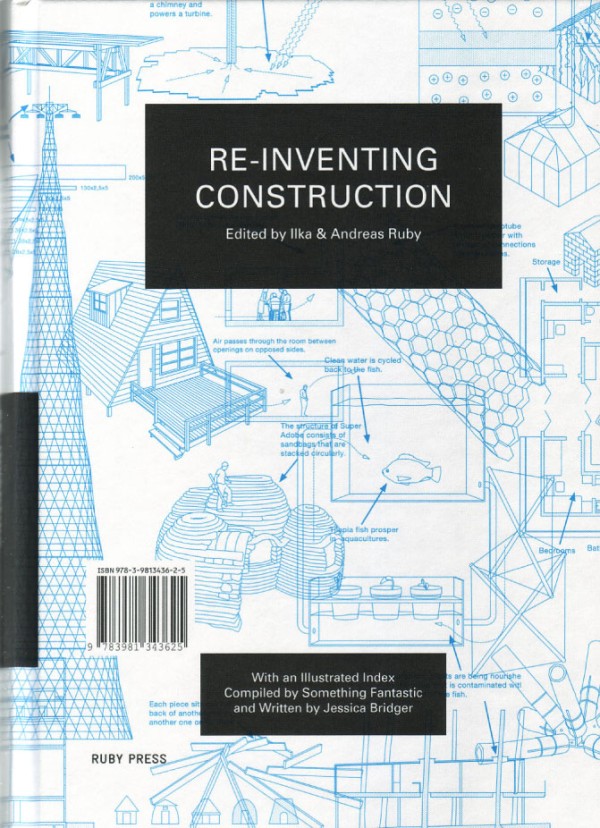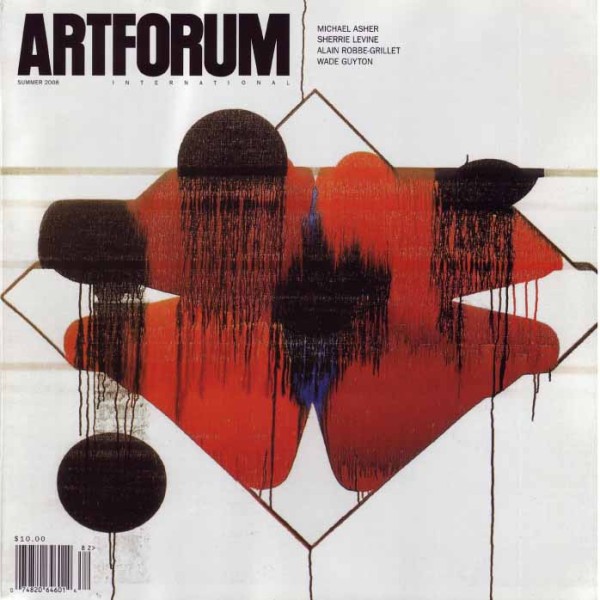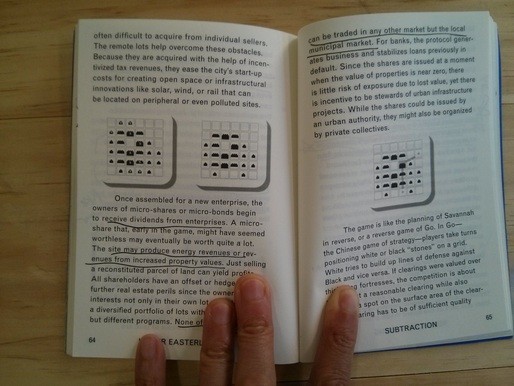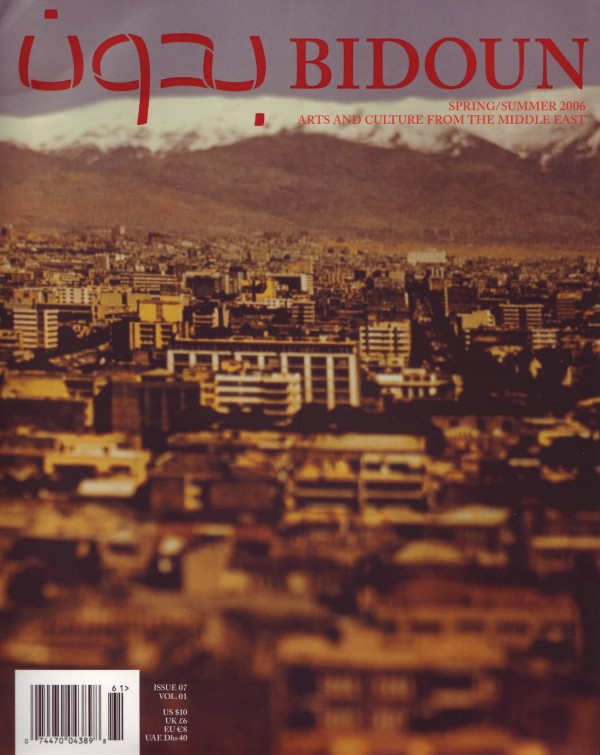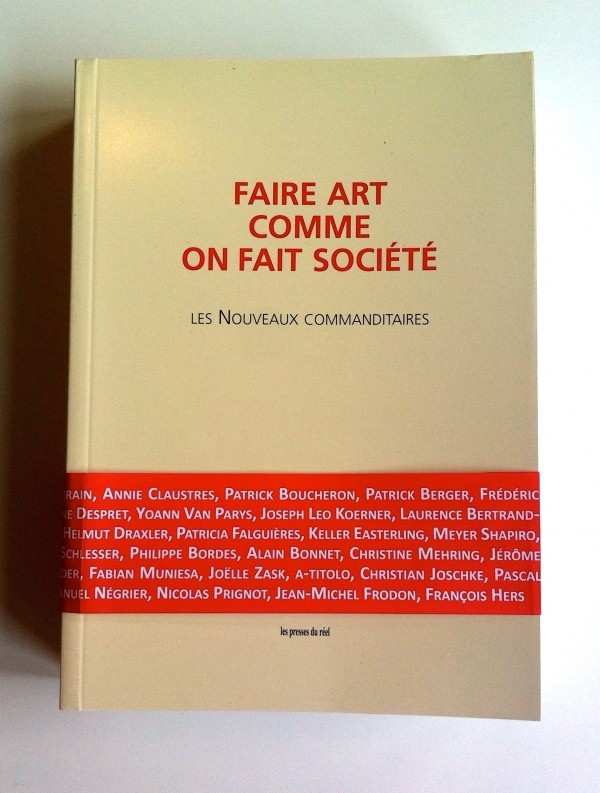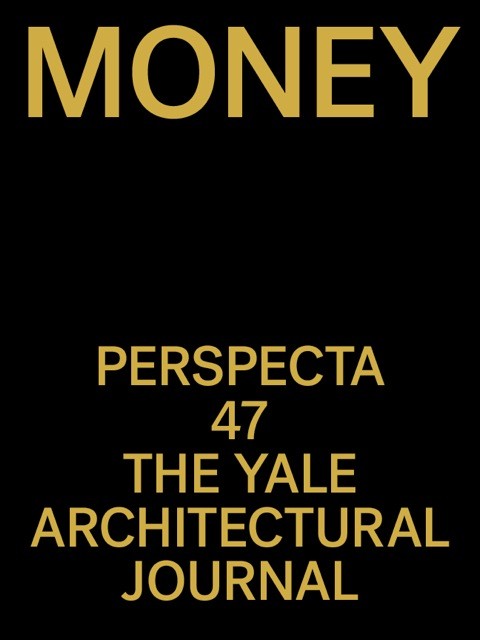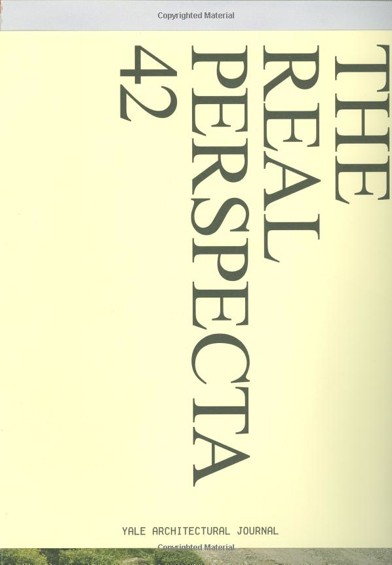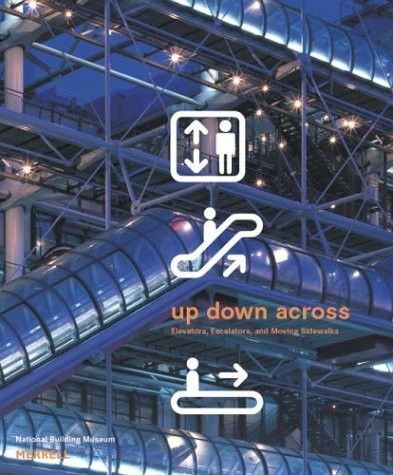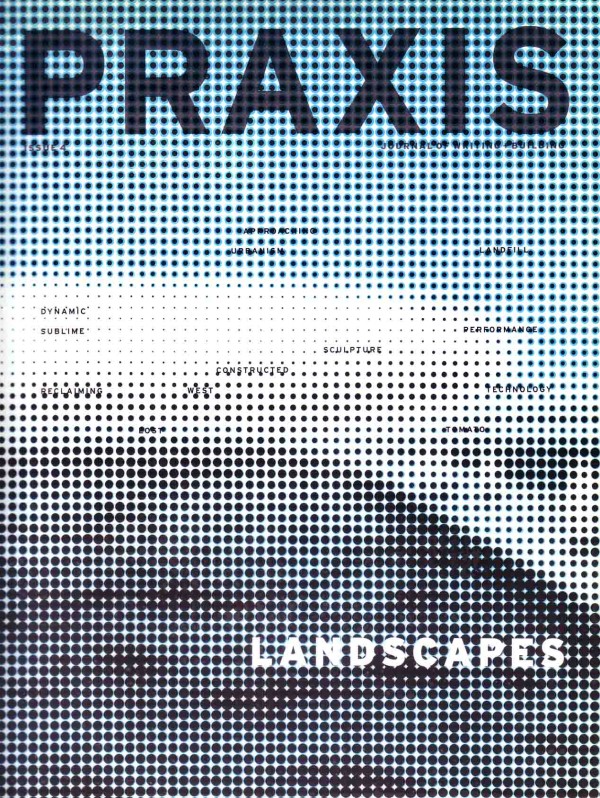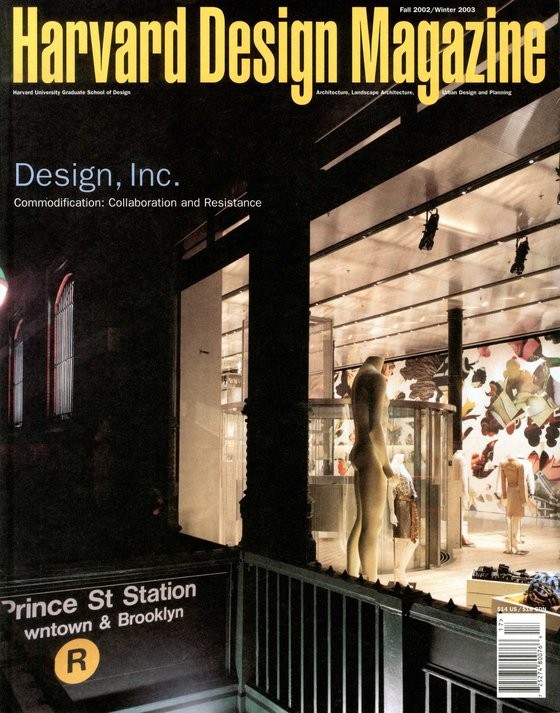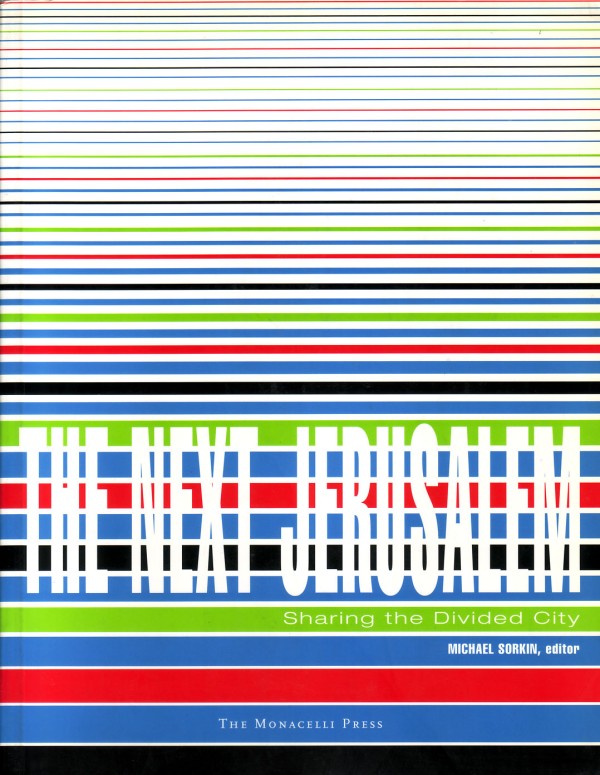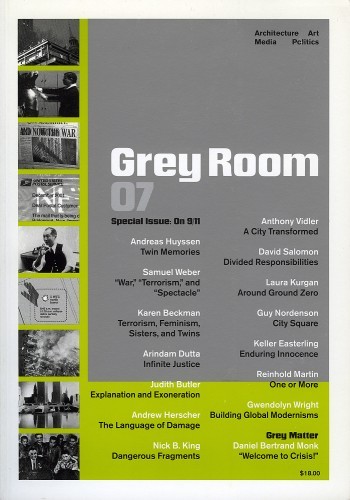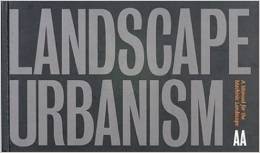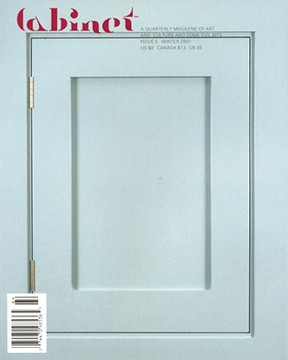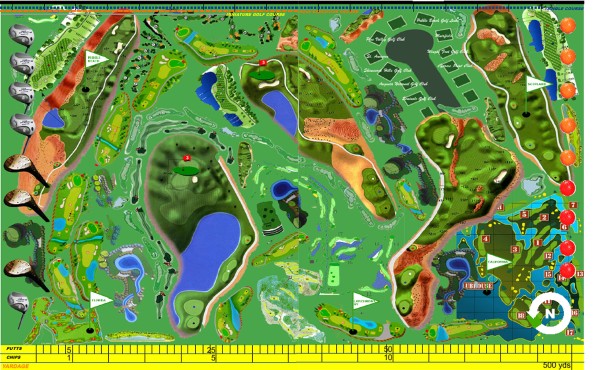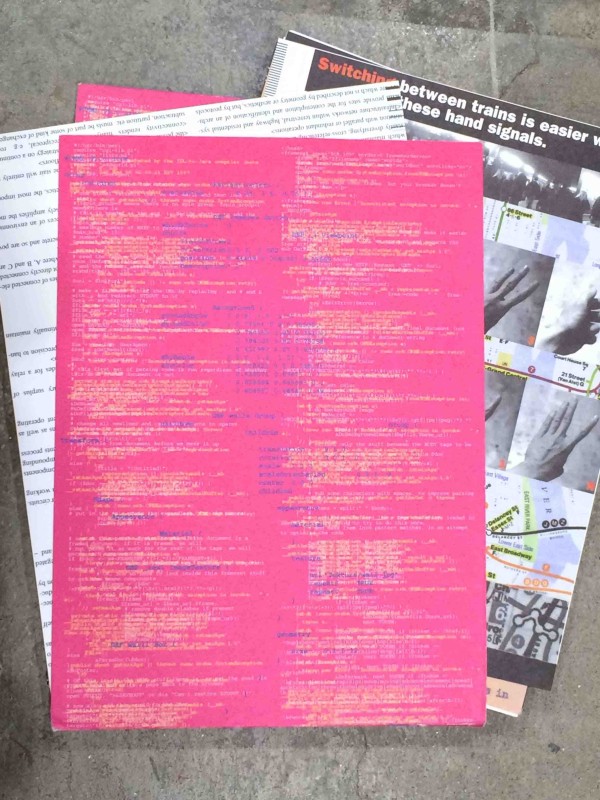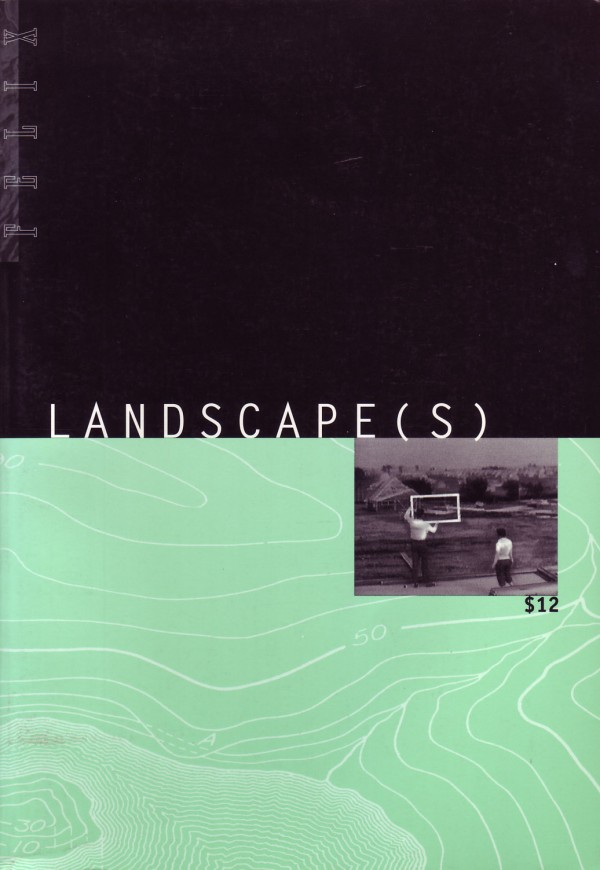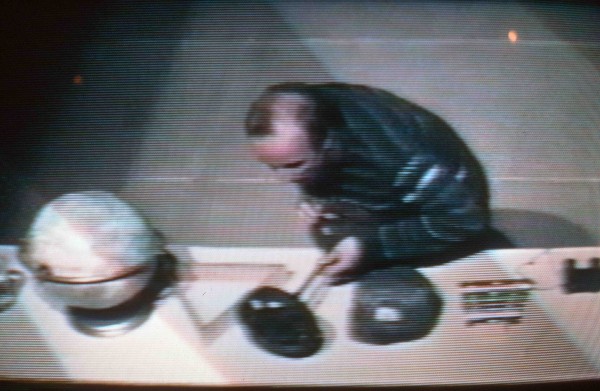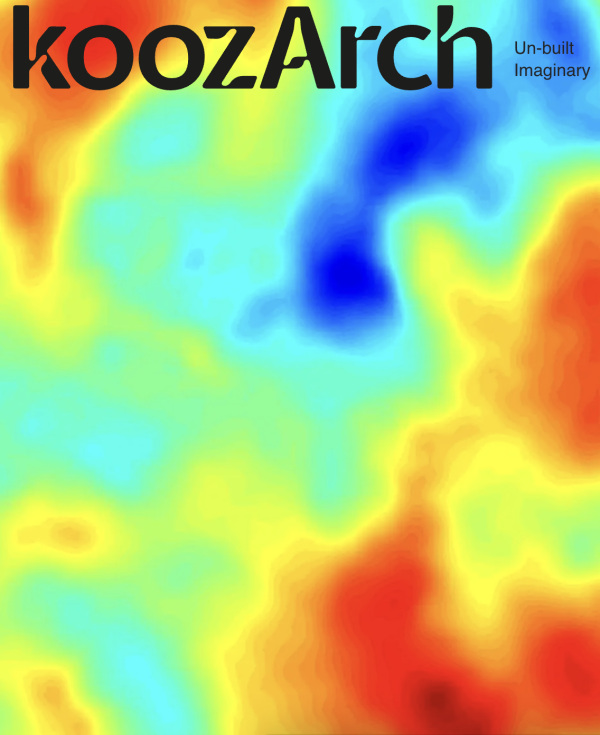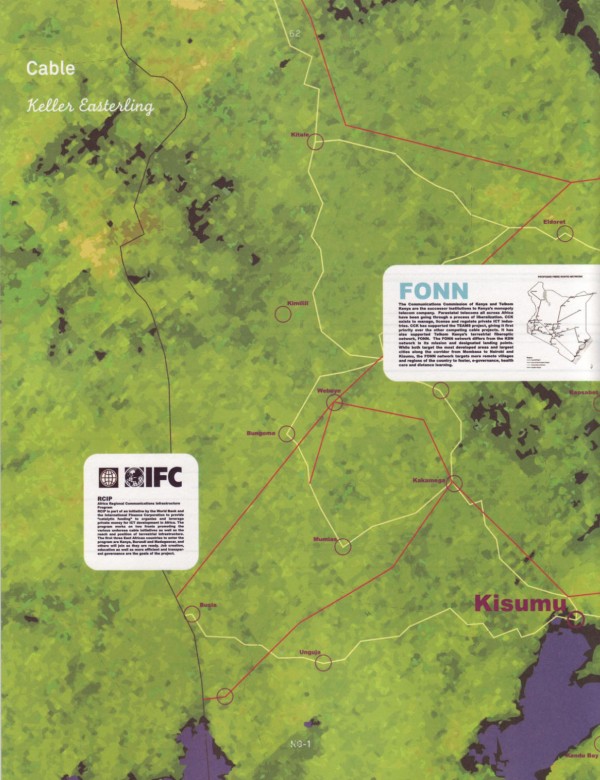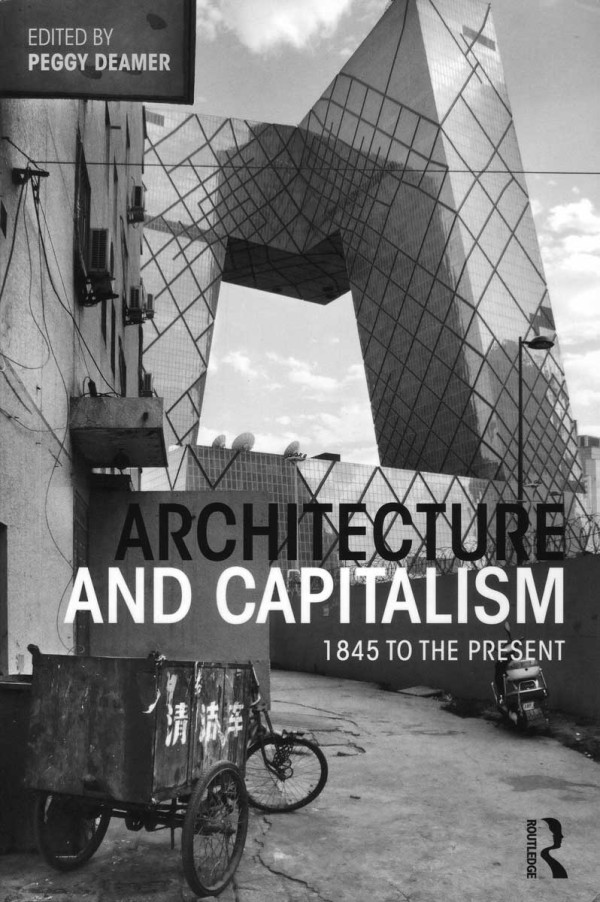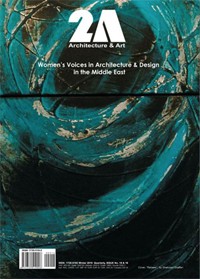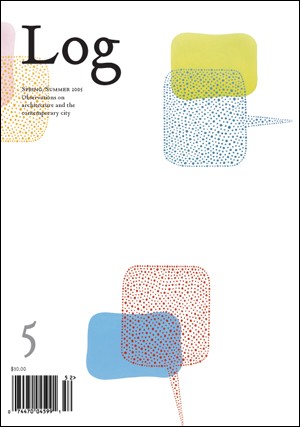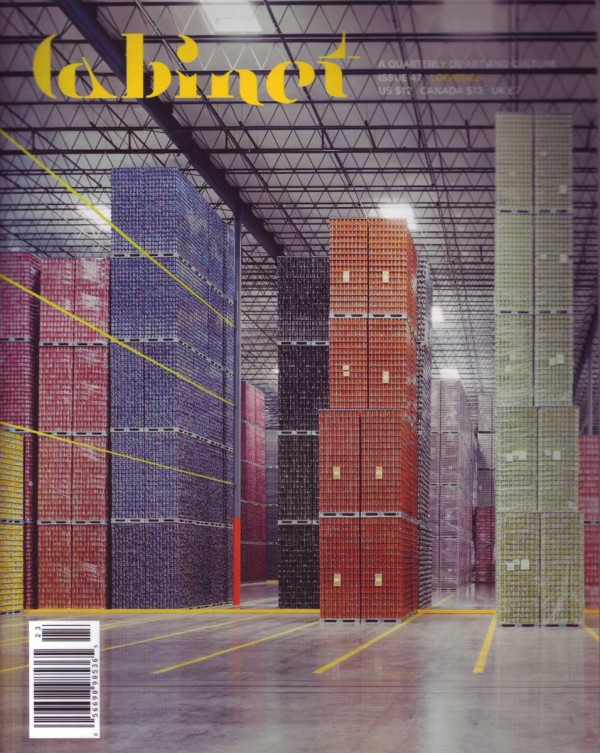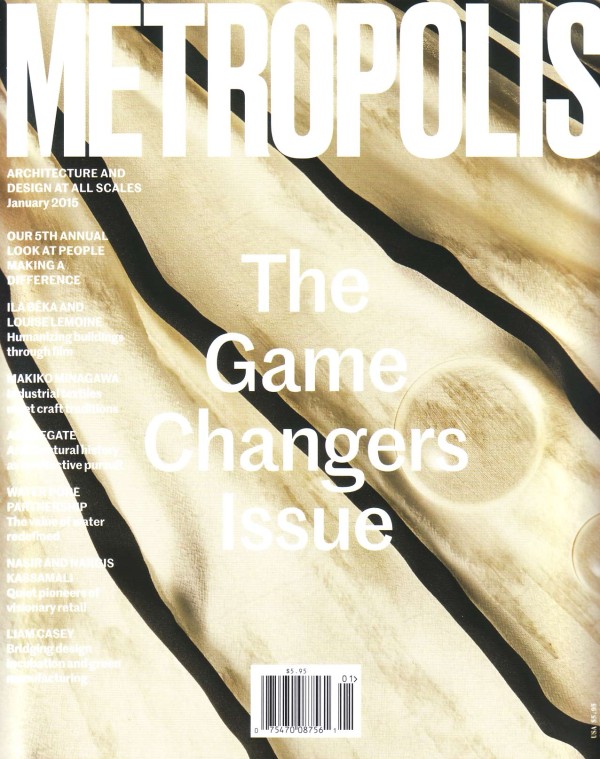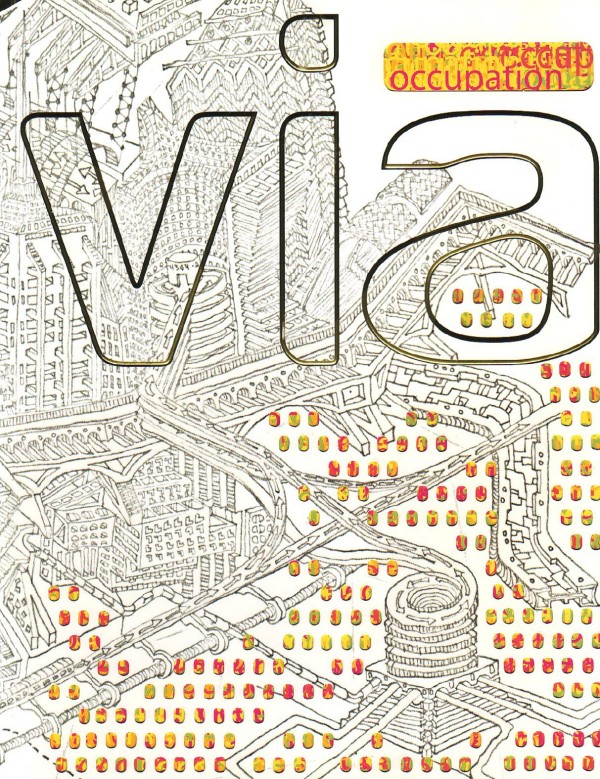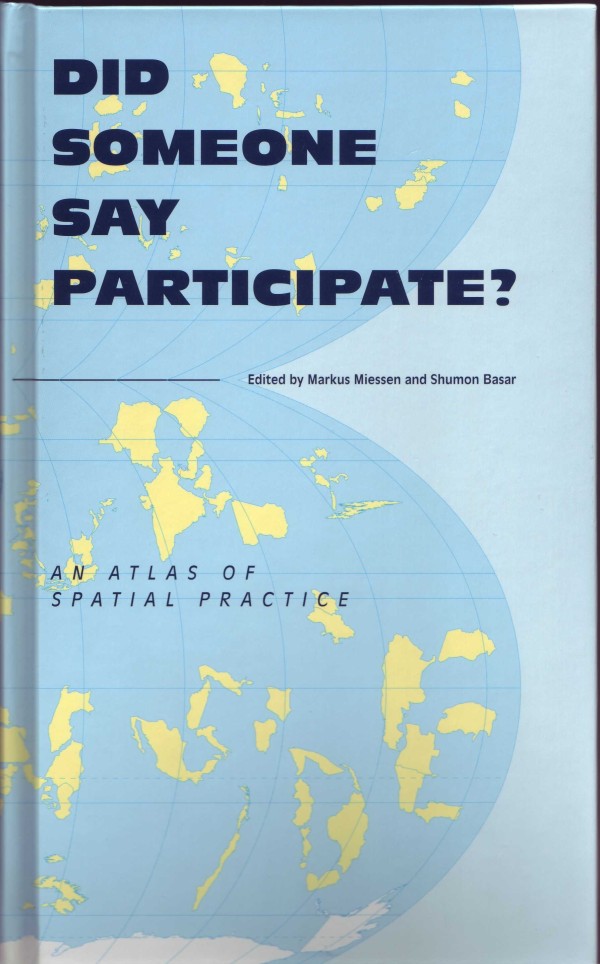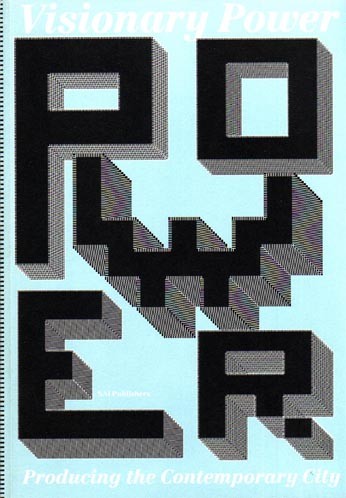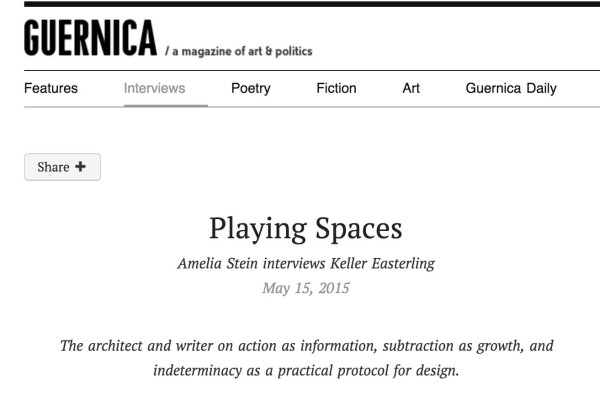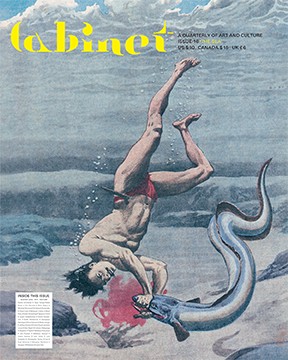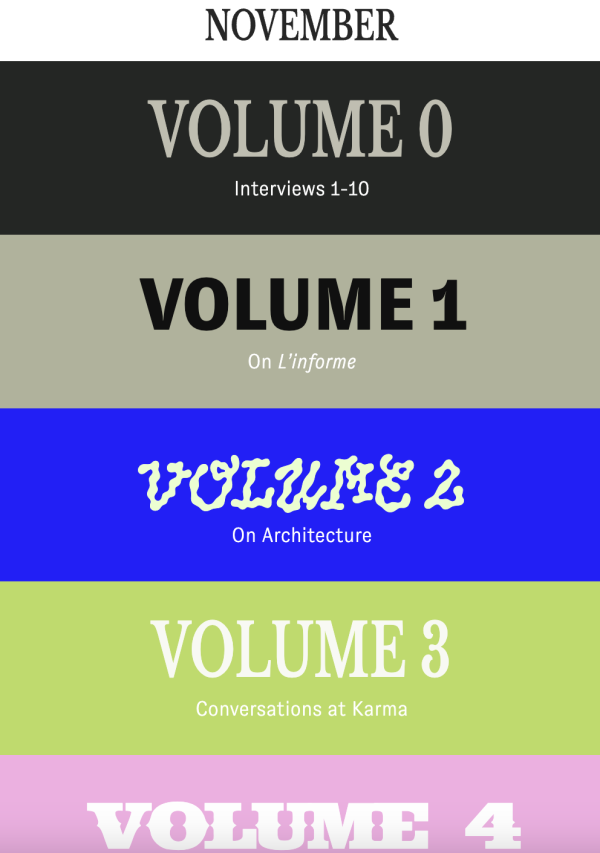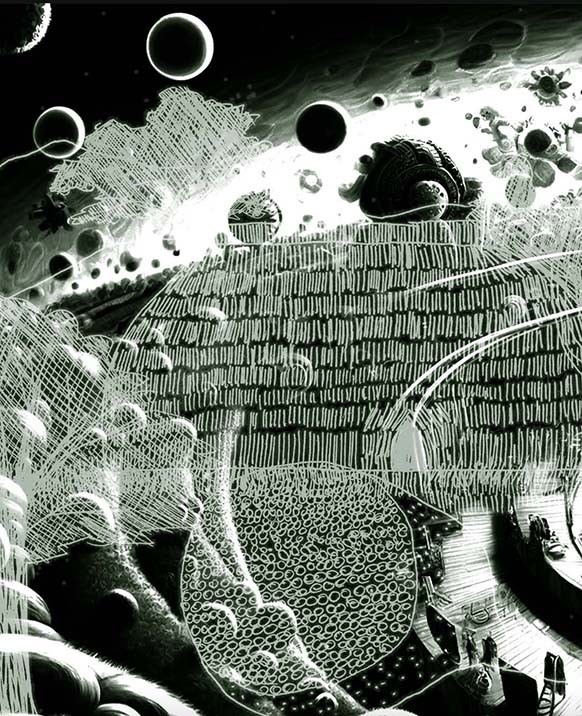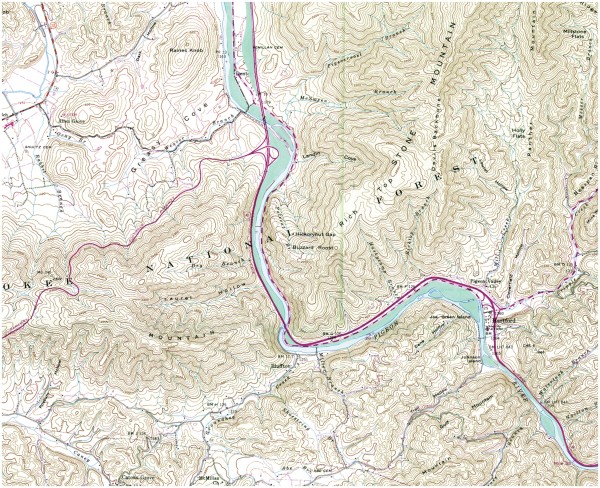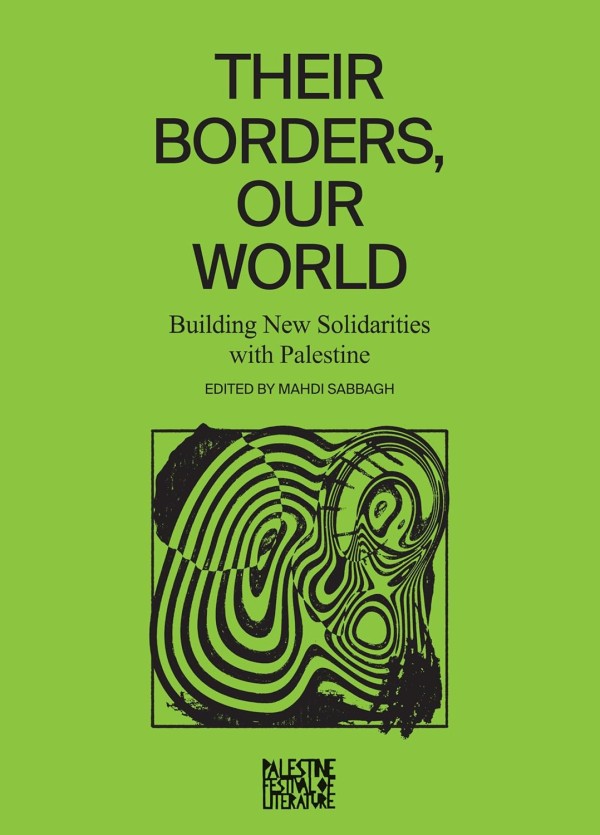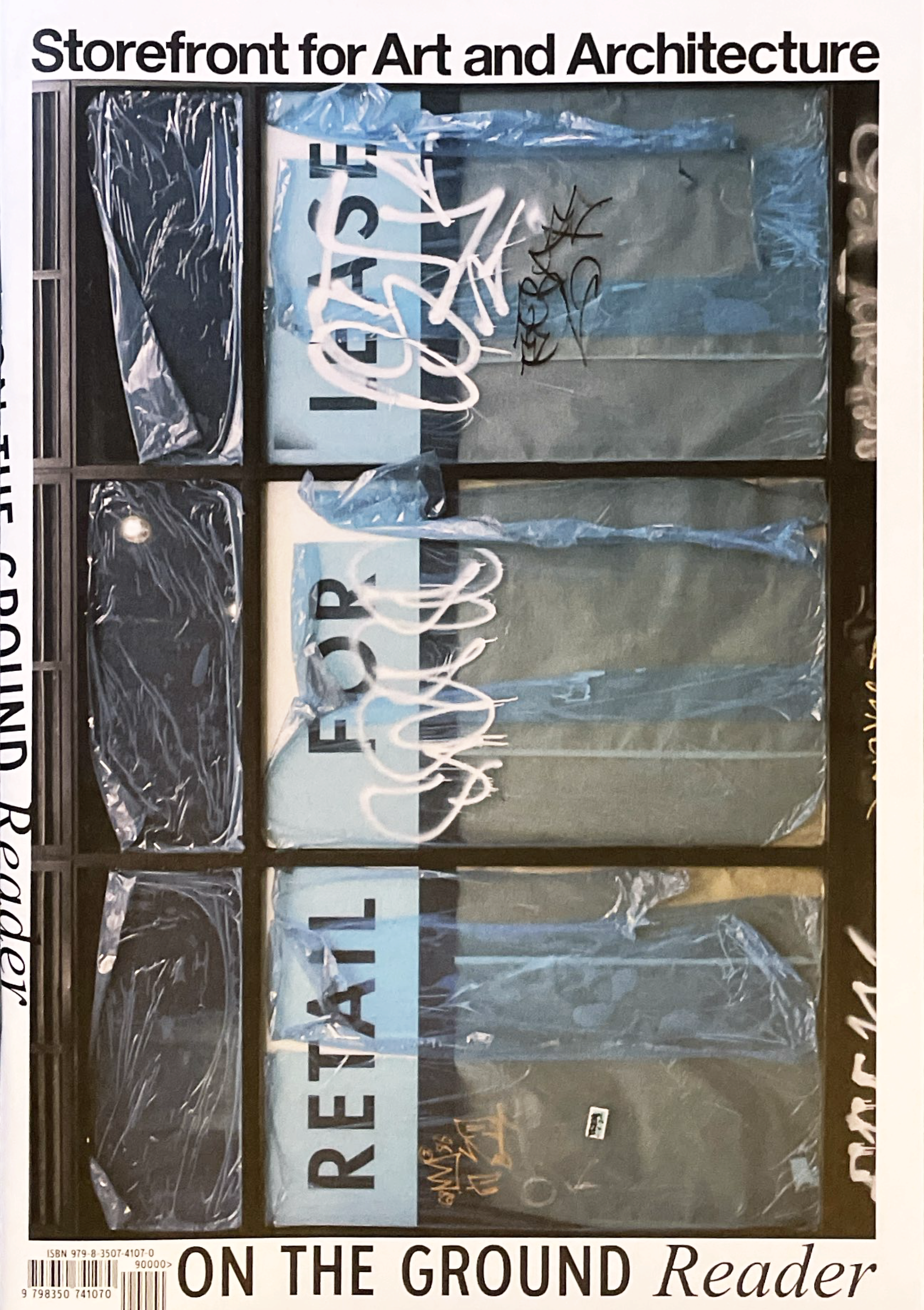As it is now customarily posed in taxidermy, the Great Auk—a three-foot tall, penguin-like bird—stands upright on black webbed feet, with its wings, politely, reservedly, held by its side. The story of this creature complicates a wishful theory about avoiding extinction.
The wishful theory is one of those—one of many—that models the world in terms of information exchanges. Things and beings are understood in terms of their interplay with other things and beings, and this sort of information exchange potentially trumps that of ubiquitous digital media since the exchanges can happen between anything. As the cyberneticist Gregory Bateson argued, a man, a tree, and an axe is an information system. The presumption is that more exchanges in this information system—between properties, pencils, dogs, Great Auks, shipping containers, molecules people, etc.—make the pool of information more robust, resilient and intelligent. Everything in the world is—like the genetic material of a species—sturdier when it is mixed and crossed in garden-variety mongrels. In relaxed versions of the theory, information is not the atomised elementary particle of a comprehensive, universal whole—a cybernetic God or a fairy tale Gaia. Rather, there is a habit of mind or loose tendency to make counterbalancing moves that might stave off one or another planetary extinction. Isolation and isomorphism are stupid and dangerous. Interplay is smarter and more stable.
Yet against every principle of the intelligence-through-interplay theory, the Great Auk was marvellous not because of a tendency to interbreed with other sorts of birds. Isolating its genetic material by living and breeding on one of a few islands in the cold North Atlantic, it seemed to favour the enclave. It was like a human who saw no need to be a “joiner”. It would not have engaged in group therapy. It would not have lobbied in groups demanding recognition of its “identity”. It would not have married a dentist. It was a strange bird with the distinction of waiting on an island to mate with another strange bird. One admires the way the husband and wife Auk fussed over their doomed offspring. One is inspired to strain life into a potent consommé of thought and existence that can be finished off in one quick sip. It is as if one kind of isolation is stupid and another is beautiful – or at least something that looks like a Great Auk.
Further complicating the theory is the incredible success and resilience of other more aggressive, or predatory forms of stupidity and isolation. Seventeenth-century British explorers and travellers went out of their way to kill off Auks on the islands where they bred. They would put a couple of them to boil in a pot and then light a couple of them on fire underneath the pot because the bird’s oily bodies made good fuel. The explorers congratulated themselves for discovering something like geese mixed with cords of wood, both of which were easily herded into pens. One creature was weakened because its existence represented a shrinking pool of information. Another ugly, white, furless, featherless creature survived, even dominated, precisely because of its ability to shrink that information pool.
If extinctions often occur after protracted periods of tedium and brief periods of panic, the world’s persistent accumulations of urbanising development at the expense of the environment might provide the tedious part, while their resulting atmospheric changes have already modelled trends of panic. Exacerbating this condition, the most recent accelerating waves of development are often repeatable, almost infrastructural spatial products and free zone world cities designed to have more and more exemptions from environmental regulation. The wishful theory would regard these large quantities of isolated buildings and isomorphic enclaves as arrangements producing less information exchange and therefore less intelligence. And, learning from both Auks and humans, there is something about the very repeatability of these spaces that makes them less like the very particular Auk and more like the resiliently, insistently stupid human.
Yet, in the spreading matrix of repeatable development patterns, the very stupidity of the multipliers makes the wishful theory seem potentially viable. These spaces are full of multipliers that, if altered, might have viral population effects. Any new multiplier positioned in this population can become contagious. Any switch can rewire multiple relationships. Might small patterns of interplay become equally contagious? For instance, to dial up the interplay, rather than buying one house and sitting alone inside – happy with individual territory but worried about pending catastrophes – one would always buy more than one house. In other words, every house is attached to another offsetting house. In flood prone areas, two mortgages that together result in a movement from low to high ground are streamlined and given special rates that also lower everyone’s flood insurance costs. Or failed and foreclosed properties in distended ghost suburbs are linked to denser properties and have a share in each other’s enterprise. No property is ever worth nothing, or less than nothing as it often was in the financial crisis. A portfolio of spatial variables is traded in a market where risks and rewards are more tangible and stabilising. One could not only add buildings but also take them away – put the building machine in both forward and reverse. Rather than shocking crashes or perfect homeostasis, little machines of counterbalancing spatial variables can target, contract or reposition development. That is the wishful theory.
Satisfying as it might be to imagine the Auk fending off humans by evolving the perfect set of teeth to sink into his white ass, a more effective survival technique might, in the end, have been to carry a germ that made him sick. One can perhaps never hope to confront authoritarian concentrations of power armed only with righteous opposition (or teeth). One needs organisational germs that use the very structure of power as their carrier. But in addition, one needs a silver-tongued Auk with infectious stories to engage the human brain - narrative germs, like rumours and desires that, in a turnabout, begin to herd the human mind into a useful position. The stories of interplay must seem as magical and selfishly motivated as the cords of wood that transported themselves.
Otherwise something hungry will have you for a meal. And nothing will happen before or after you are eaten. No special music. The world will smell like it always does – like machine oil, skin and a hot TV at 3:30 in the afternoon. But you will not be able to smell it.
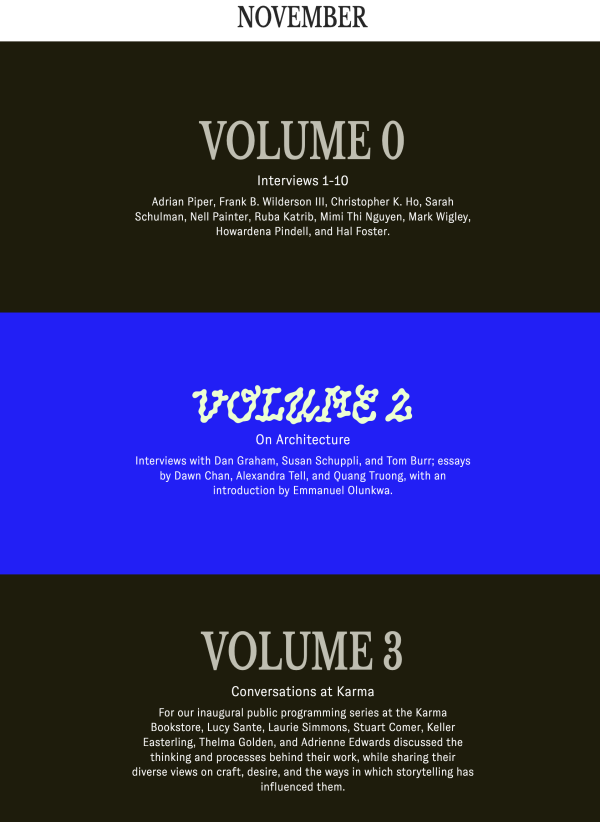
November: conversation at Karma with Emmanuel Olunkwa and Ricky Ruihong Li
November — February 21, 2023
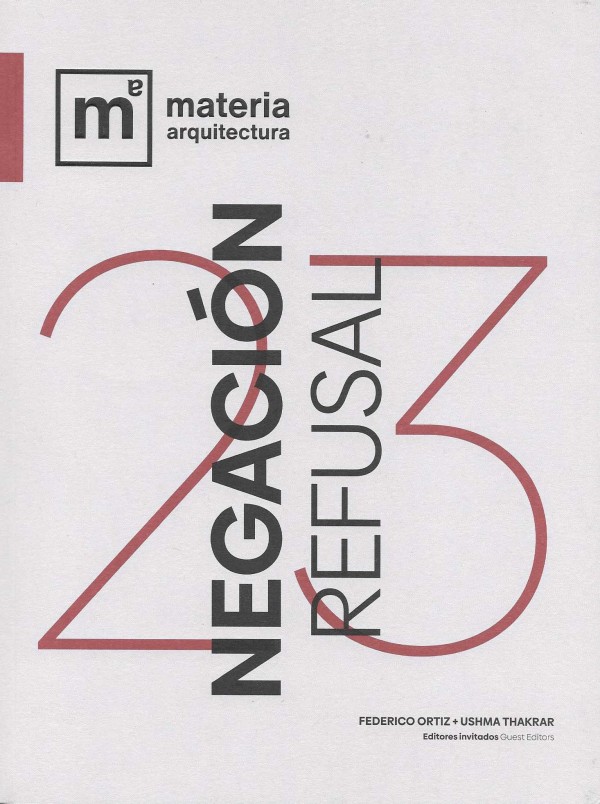
Trabar Sin Soluciones/Working Without Solutions, Interview
Federico Ortiz, Ushma Thakrar, Negacion/Refusal, Escuela de Arquitectura Universidad San Sebastian — December 5, 2022
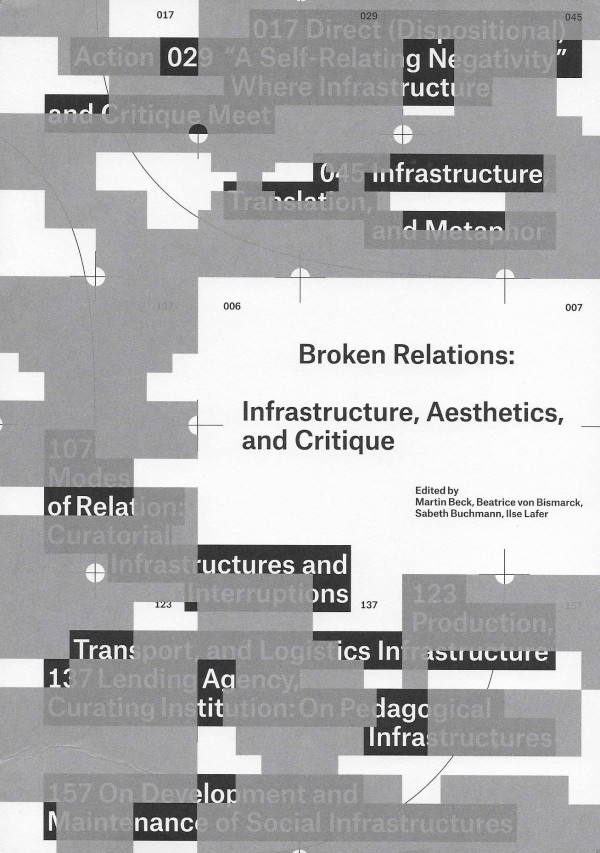
Direct (Dispositional) Action
Martin Beck, Beatrice von Bismarck, and Sabeth Buchmann, Ilse Lafer, eds., Broken Relations: Infastructure, Aesthetics, and Critique (Spector Books). — November 1, 2022
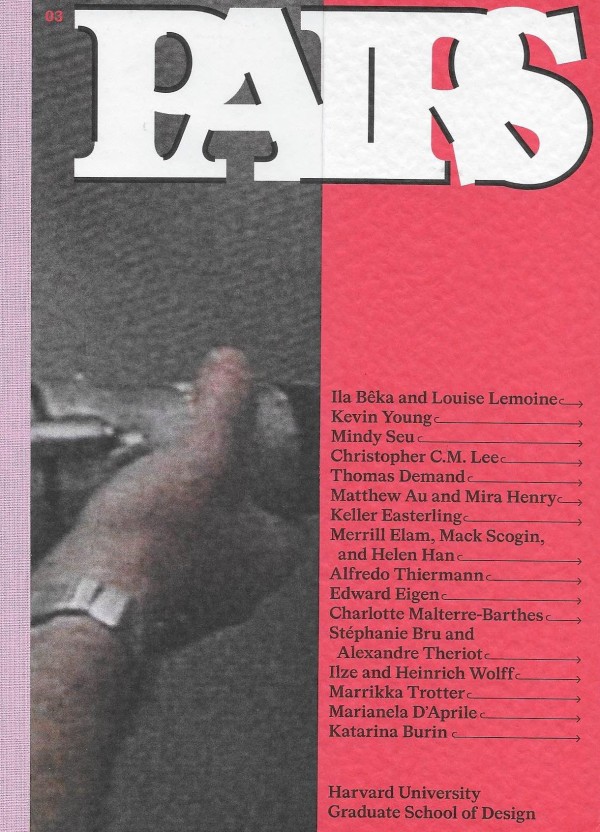
Levittowns: Dialogue with Kenismael Santiago-Pagan
Pairs — June 29, 2022
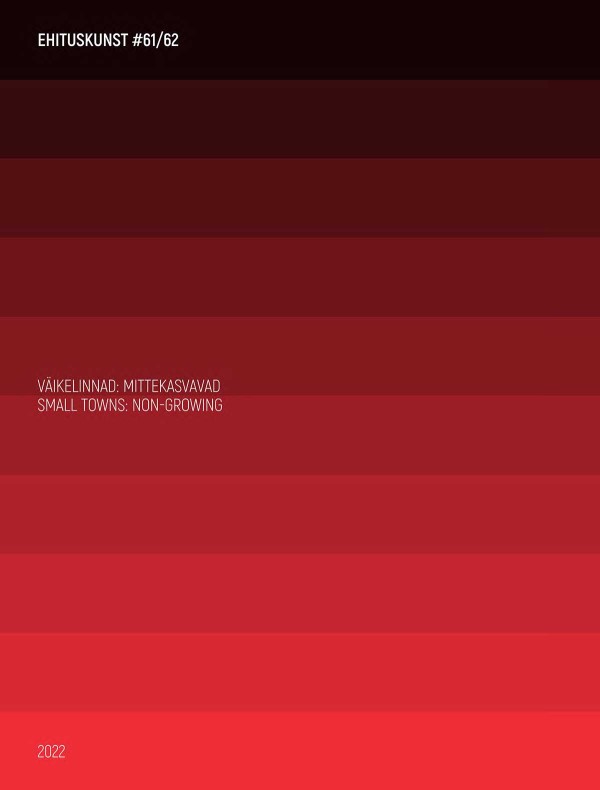
Non-Growing: Translation Subtraction, Interview Medium Design
Ehituskunst #61/62, Estonia — July 1, 2022
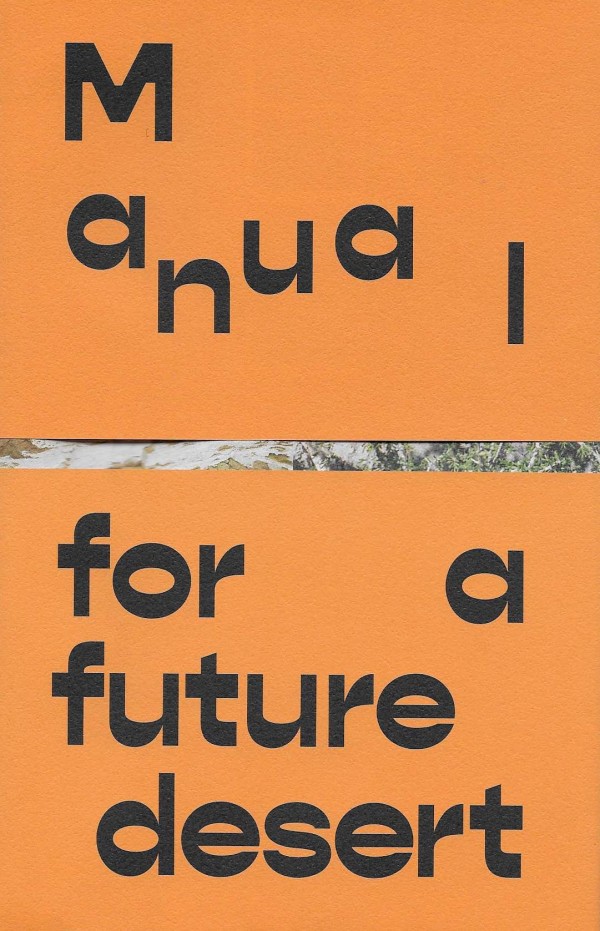
El Ejido
Ida Soulard, Abinadi Meza, and Bassam El Baroni, eds., Manual for a Future Desert (Milan: Mousse Publishing). — 2021
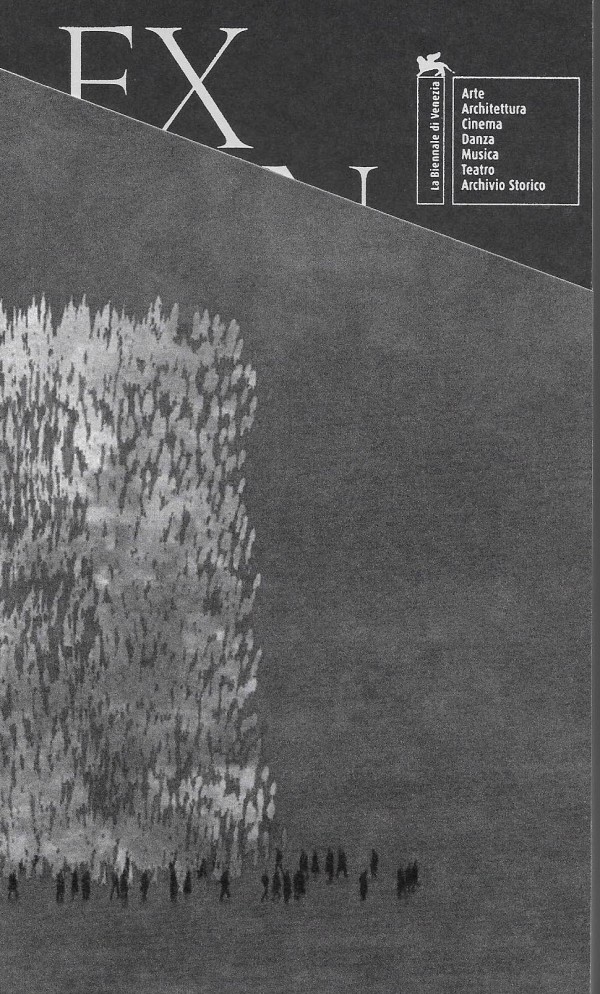
Expansions Venice Biennale
2021
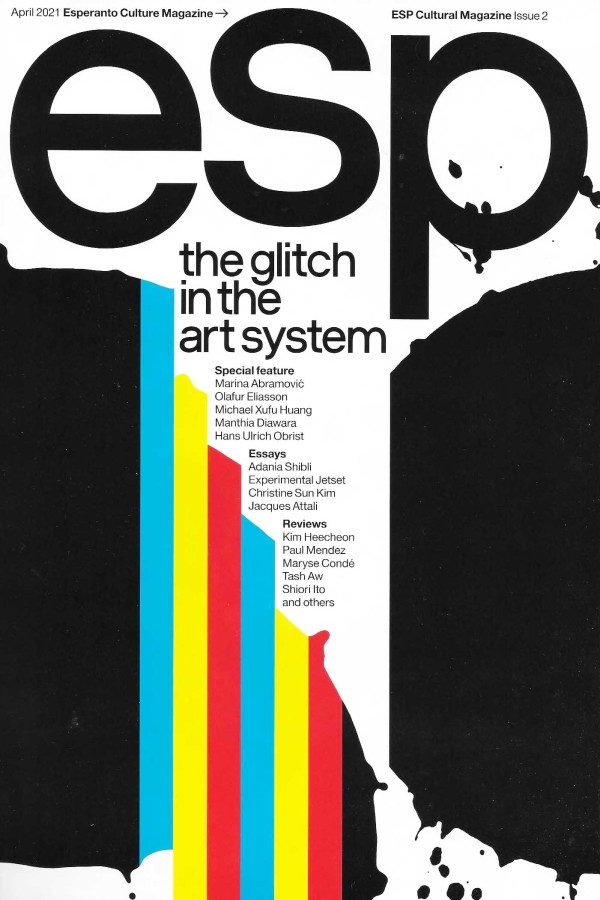
Release 
Esperanto Culture Magazine — April 1, 2021
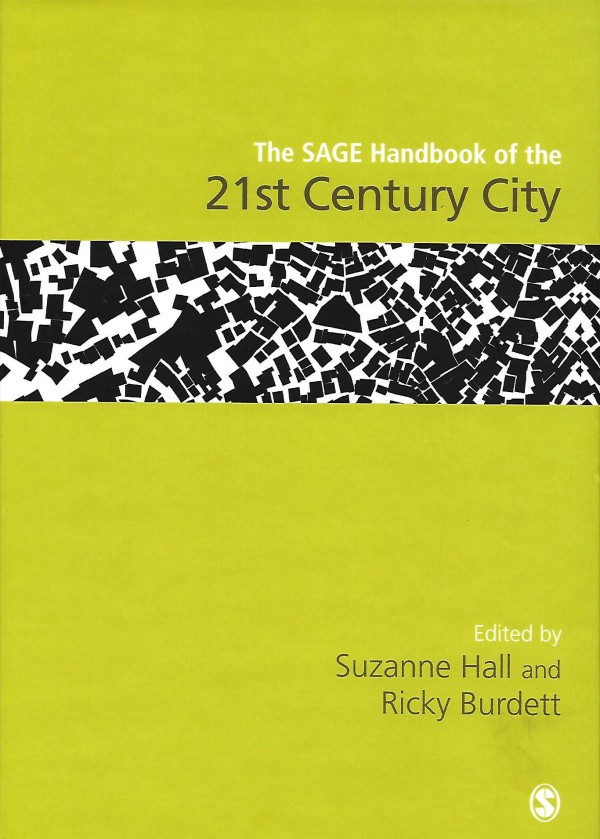
21st Century City
“Designing Infrastructure,” in Suzanne Hall and Ricky Burdett eds., The Sage Handbook of Urban Sociology: New approaches to the twenty-first century city (London: SAGE/LSE). — 2017
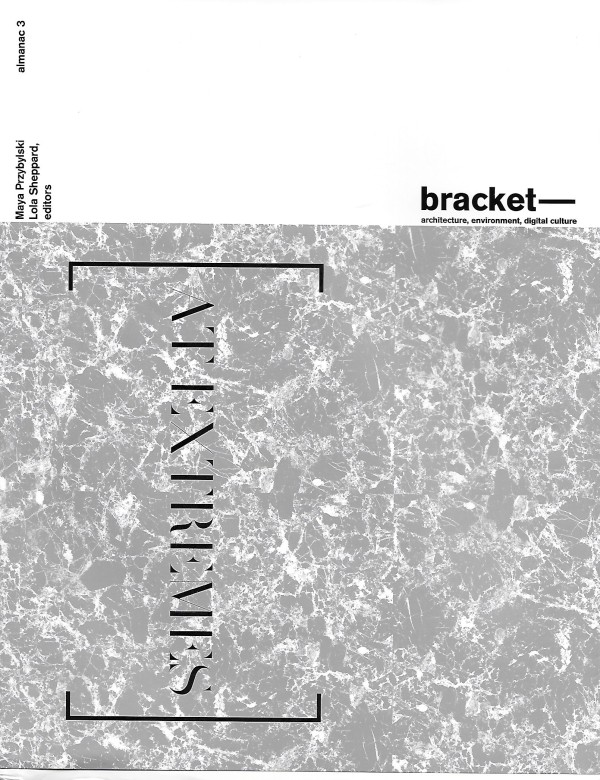
A Man a Tree and and Ax
Lola Sheppard and Maya Przybylski, eds., Bracket: At Extremes (Barcelona: Actar). — November 1, 2016
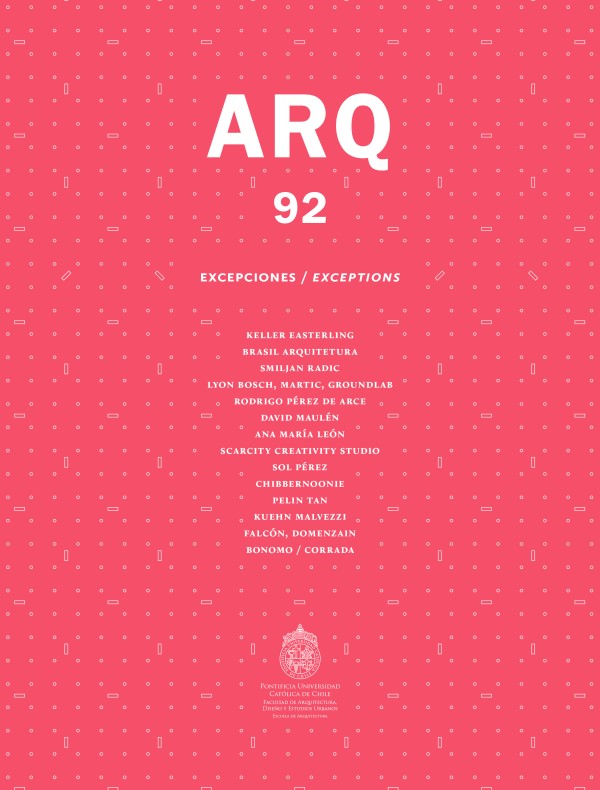
ARQ 92: Excepiones
April 1, 2016
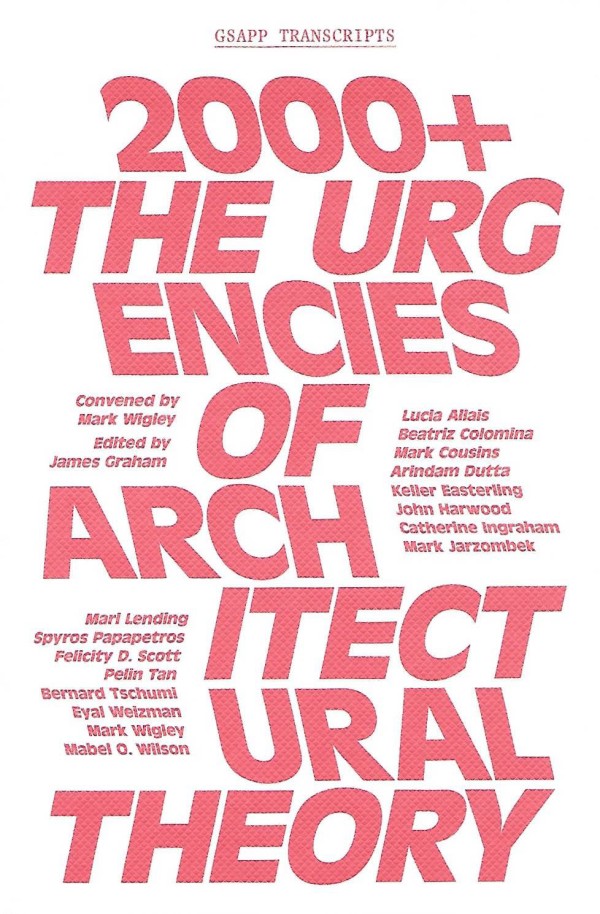
The Dispositions of Theory
James Graham, ed.,The Urgencies of Architectural Theory (New York, GSAPP Books) — 2015
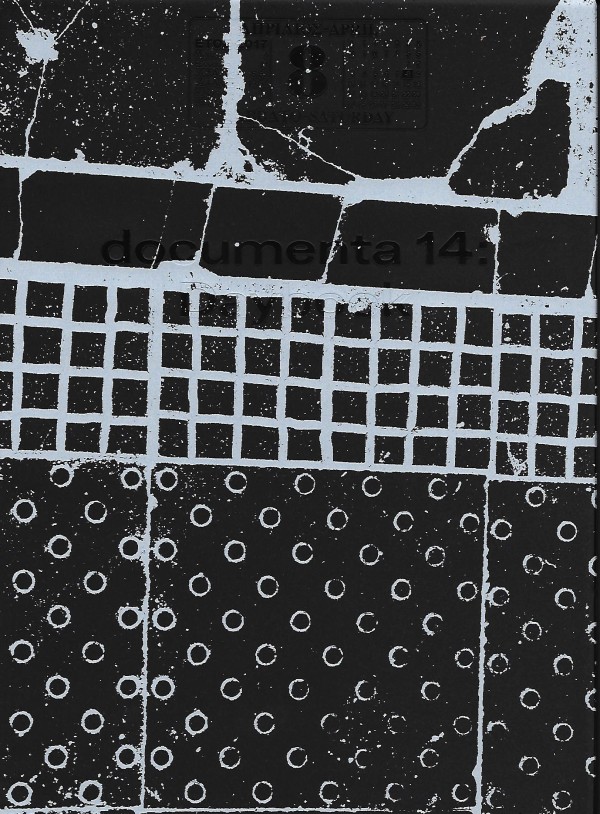
Documenta 14 Daybook
Documenta 14: Daybook, (Prestel, 2017) — July 1, 2017
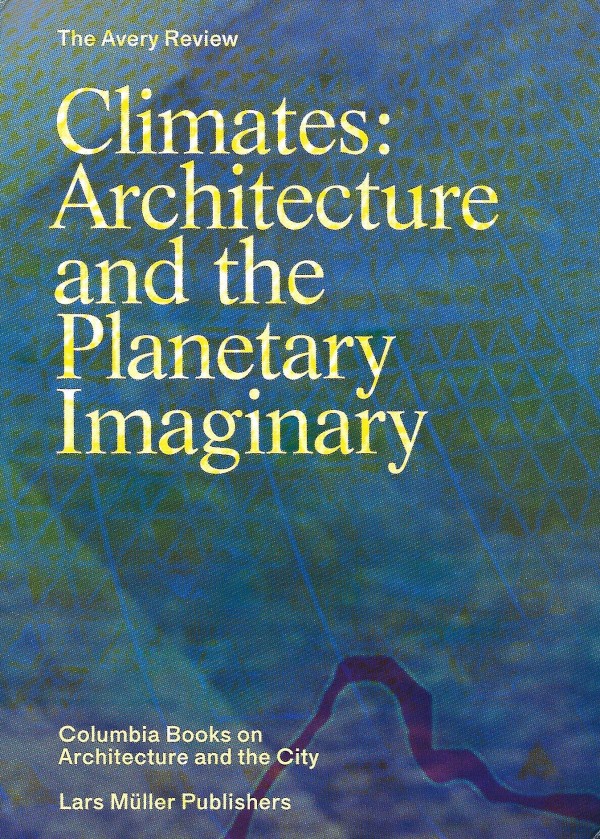
Encounters with Climate
“Encounters with Climate” in James D. Graham, ed., Climates: Architecture and the Planetary Imaginary (Columbia Books on Architecture and the City/Lars Muller Publishers, 2015). — 2016
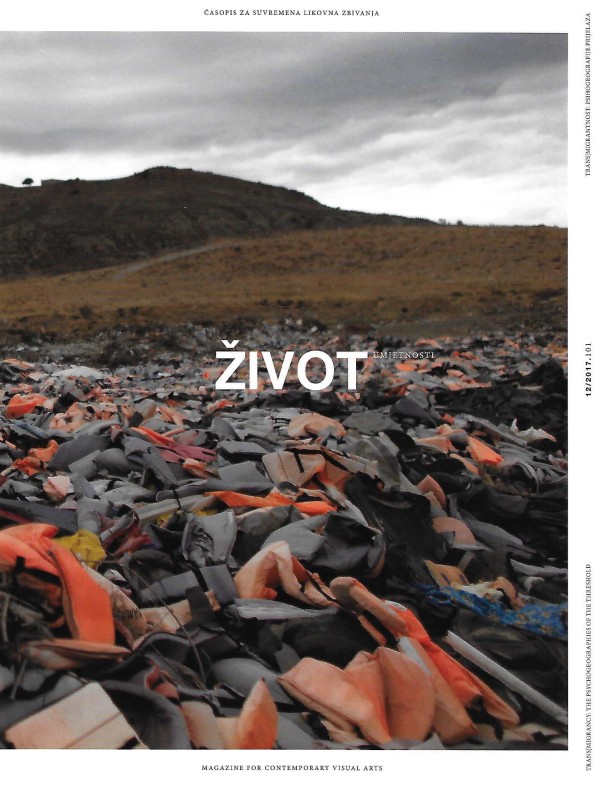
Everywhere
Zivot: Transmigrancy, 12/2017.101 — December 1, 2017
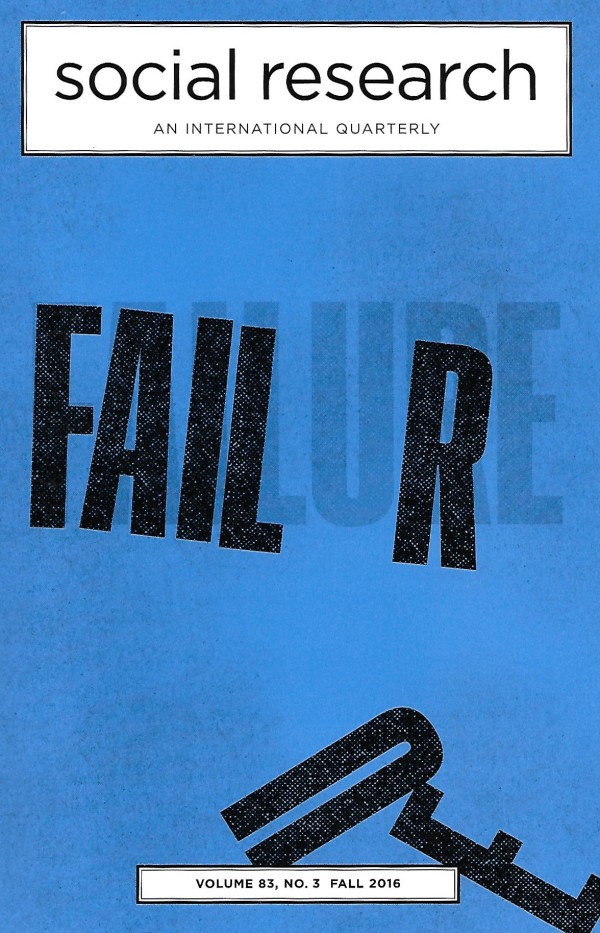
The Histories of Things That Don’t Happen and Shouldn’t Always Work
Arjun Appadurai and Arien Mack, eds., Failure: Social Research International Quarterly — September 1, 2016
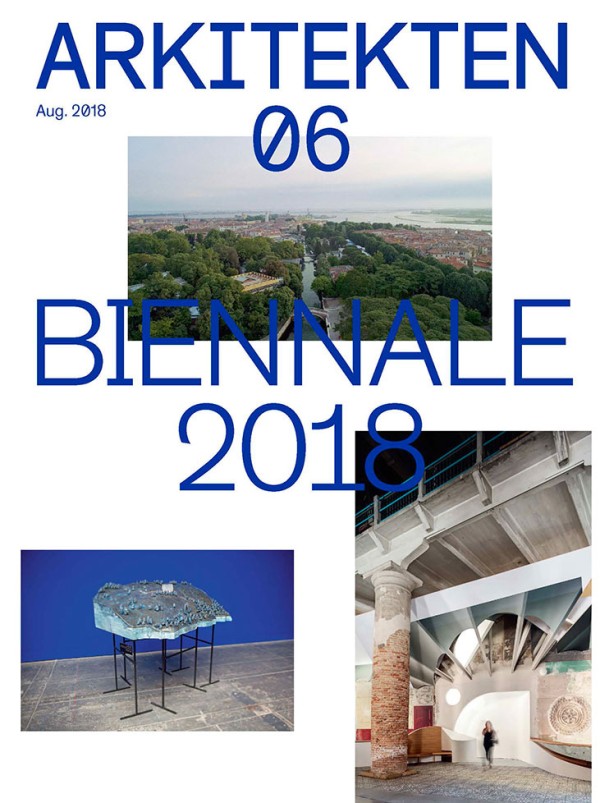
I Kan Beholde Jeres States_Borgerskab For Jer Selv
Arkitekten 06 — August 1, 2018
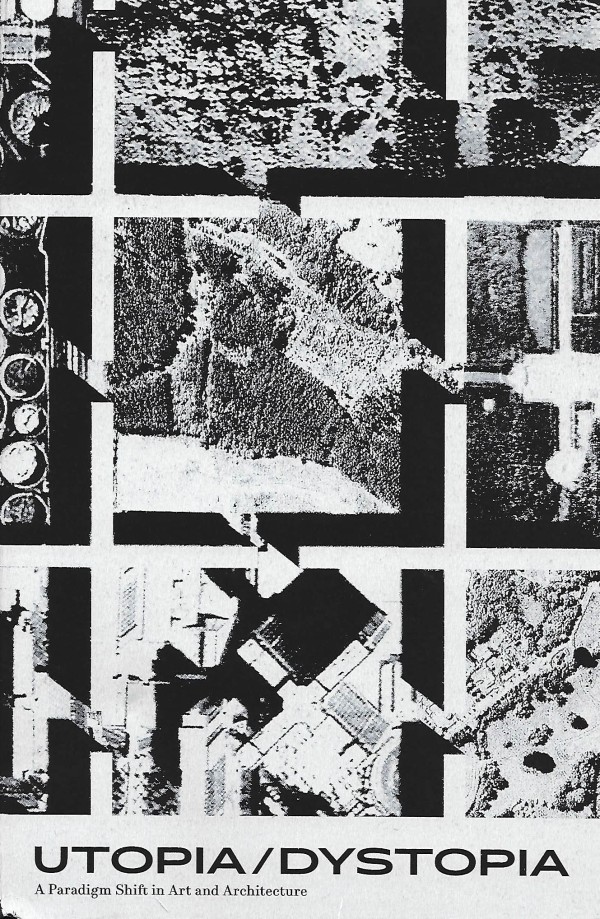
Impossible
Pedro Gadanho, Joao Laia and Susana Ventura, eds., Utopia/Dystopia: a Paradigm Shift in Art and Architecture — March 1, 2017
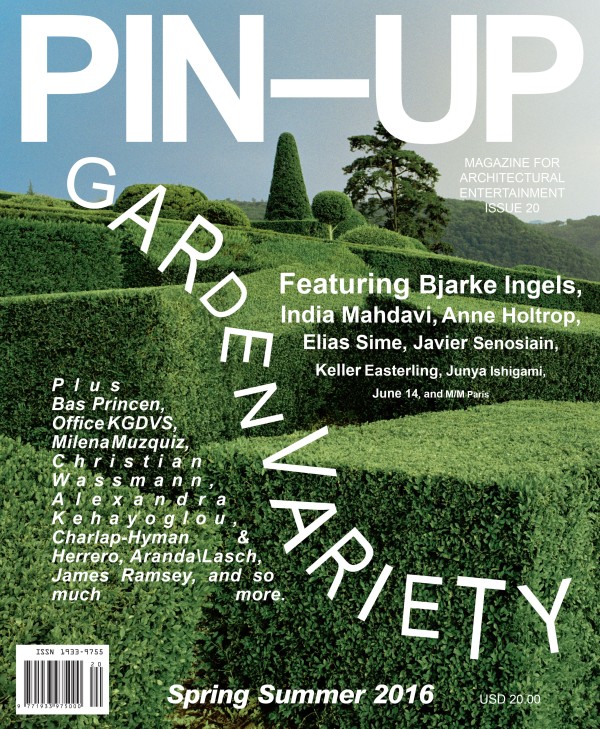
Infra-read: Interview by Jesse Seegers
Pin-Up — May 1, 2016
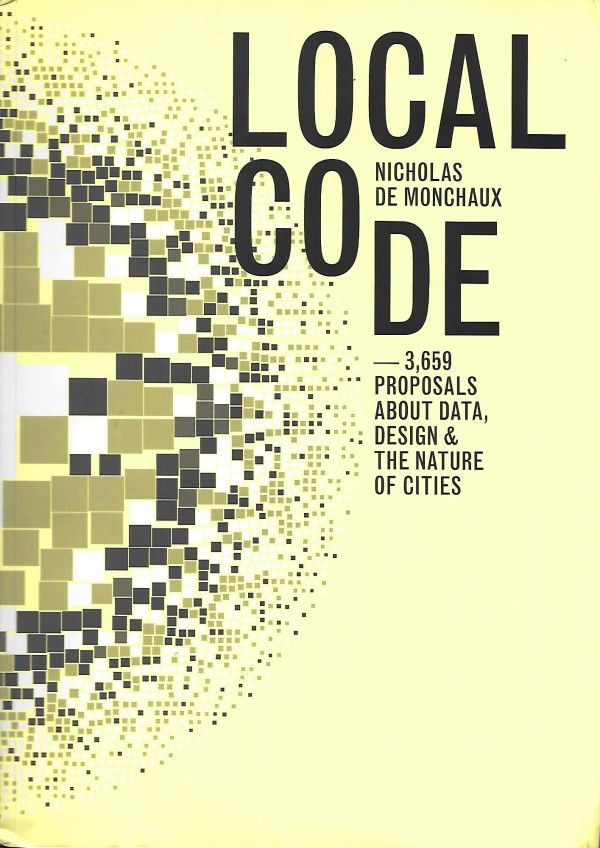
Foreword
Nicholas De Monchaux, Local Code: 3659 Proposals about Data, Design and the Nature of Cities, (PAP) — 2016
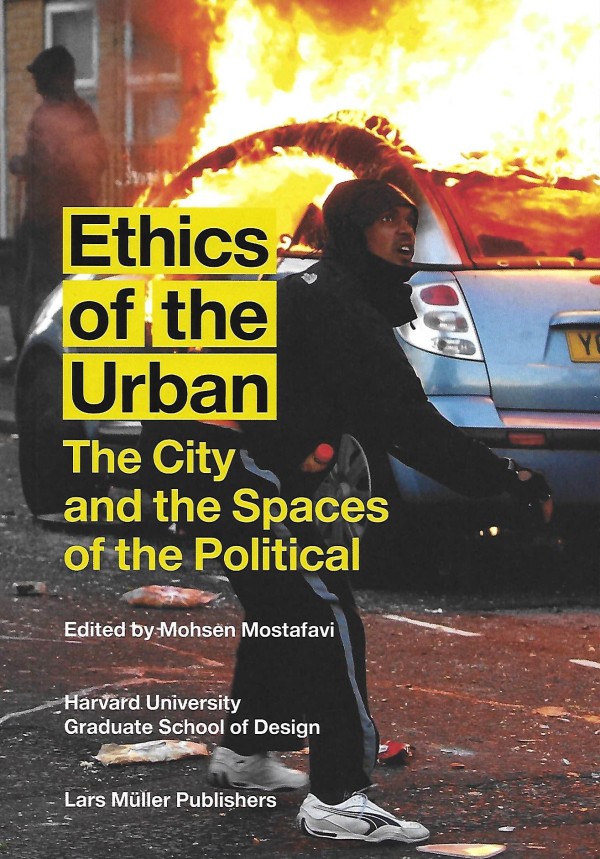
Matrix Space
Mohsen Mostafavi, Ethics of the Urban: The City and the Spaces of the Political (Harvard GSD, Lars Muller) — 2017
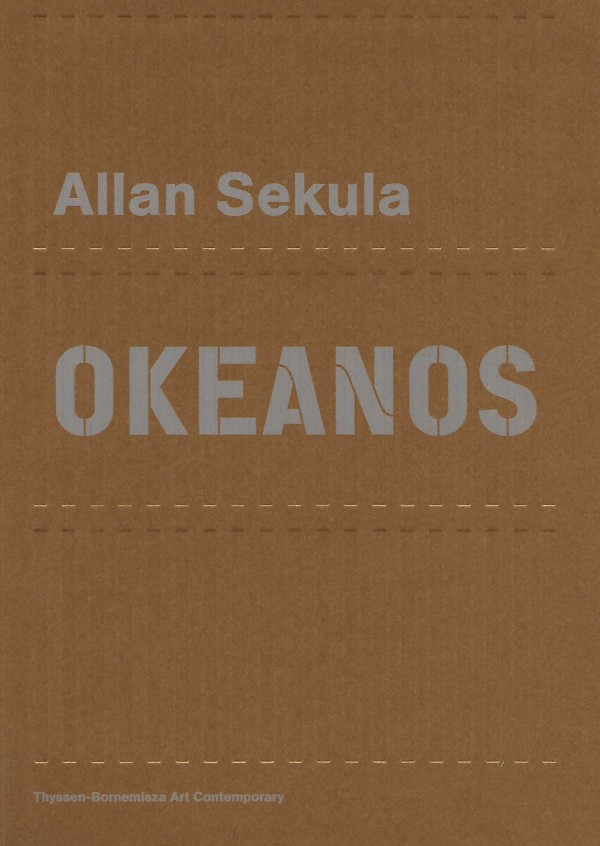
Park in Allan Sekula: Okeanos
Daniela Zyman and Cory Scozzari, Allan Sekula: Okeanos (Thyssen-Bornemisza Art Contemporary Sternberg Press, 2017) — July 1, 2017
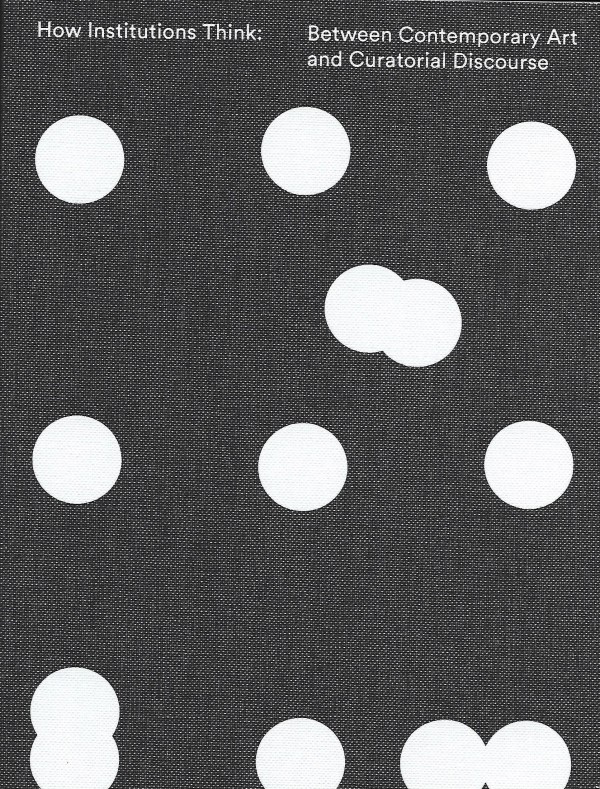
On Dispositions and Form Making: A Conversation Keller Easterling and Andrea Phillips
Paul O’Neill, Lucy Steeds and Mick Wilson, eds. How Institutions Think: Between Contemporary Art and Curatorial Discourse (MIT Press) — 2017
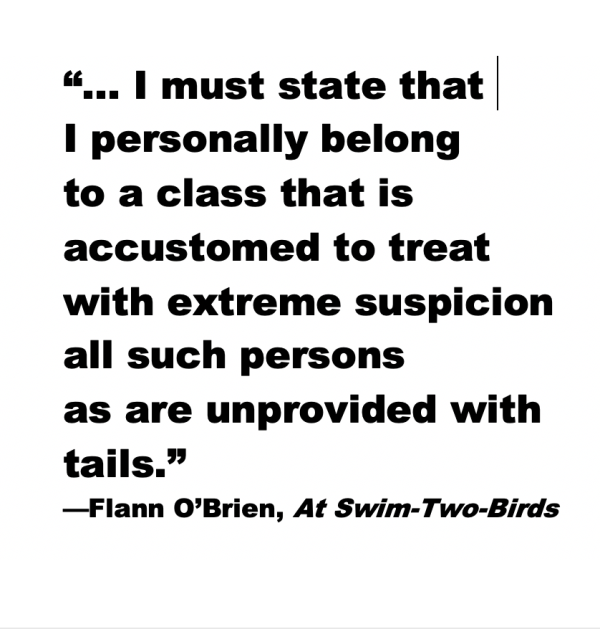
Review: Burdens of Linearity by Catherine Ingraham
Constructs — 2006
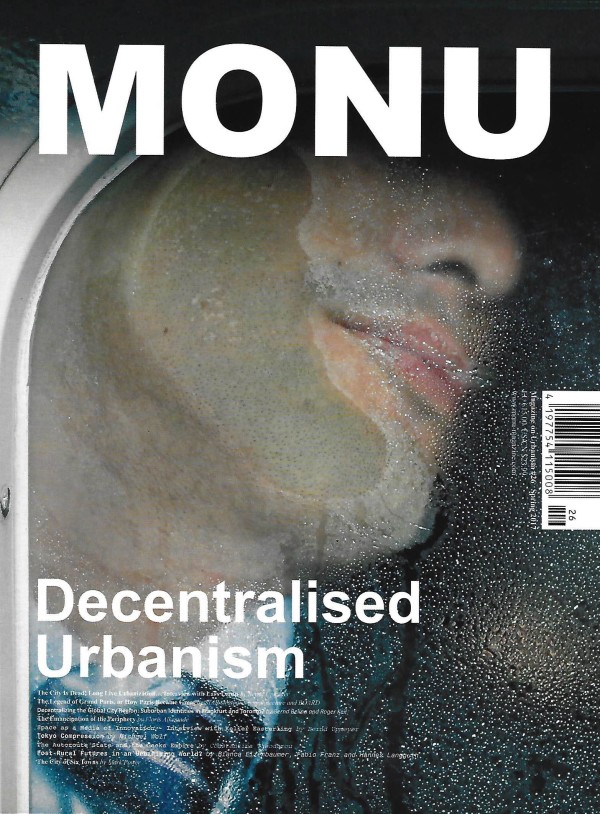
Space as a Medium of Innovation, Interview with Berndt Upmeyer
MONU: Magazine on Urbanism, #26, Spring 2017 — May 1, 2017
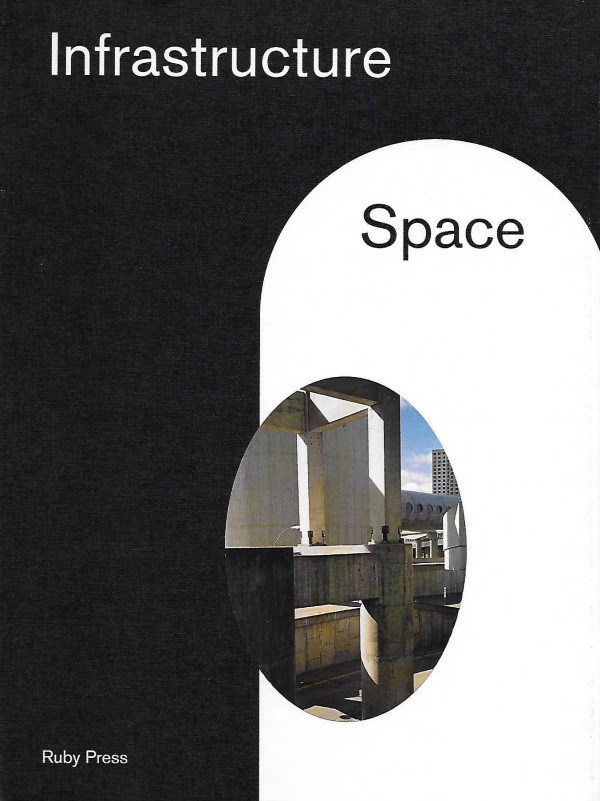
Split Screen
Ilke and Andreas Ruby, eds., Infrastructure Space, Holcim Foundation (Ruby Press). — 2016
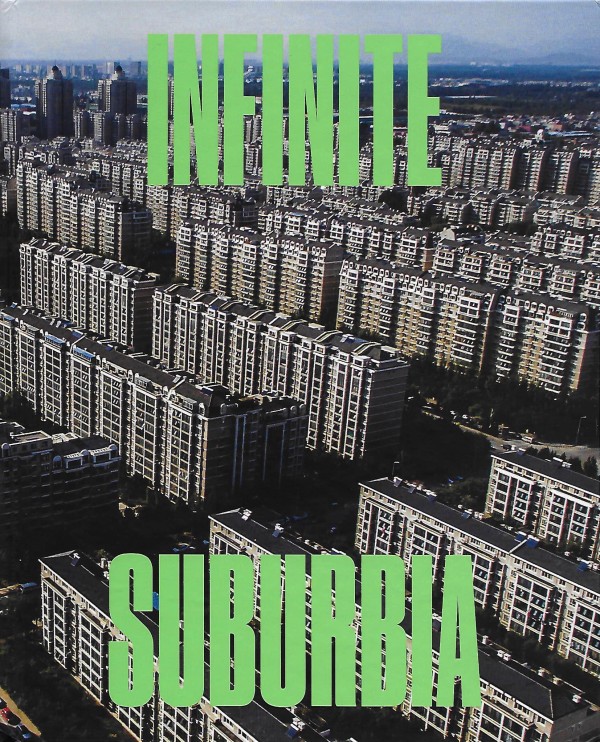
Subtracting the Suburbs
Infinite Suburbia, Alan Berger, Joel Kotkin, eds. (New York, PAP) — 2017
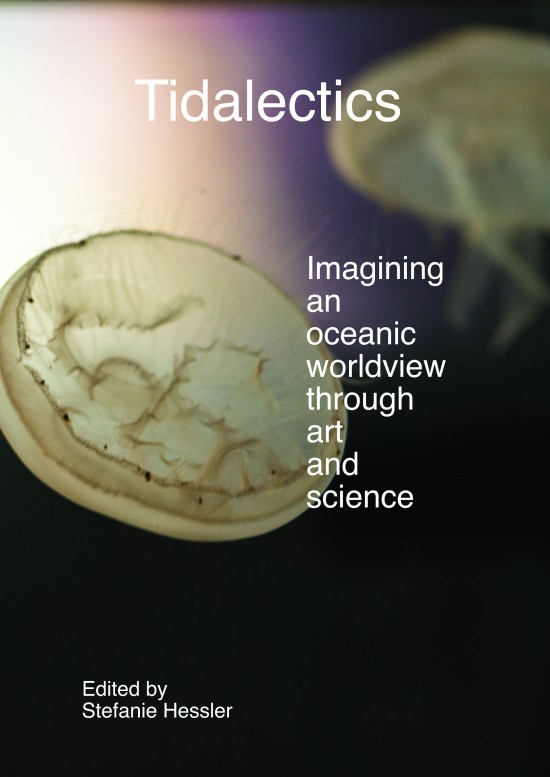
Suburbia in Reverse
Stephanie Hessler, ed. Tidaletics, MIT Press, 2018 — March 1, 2018
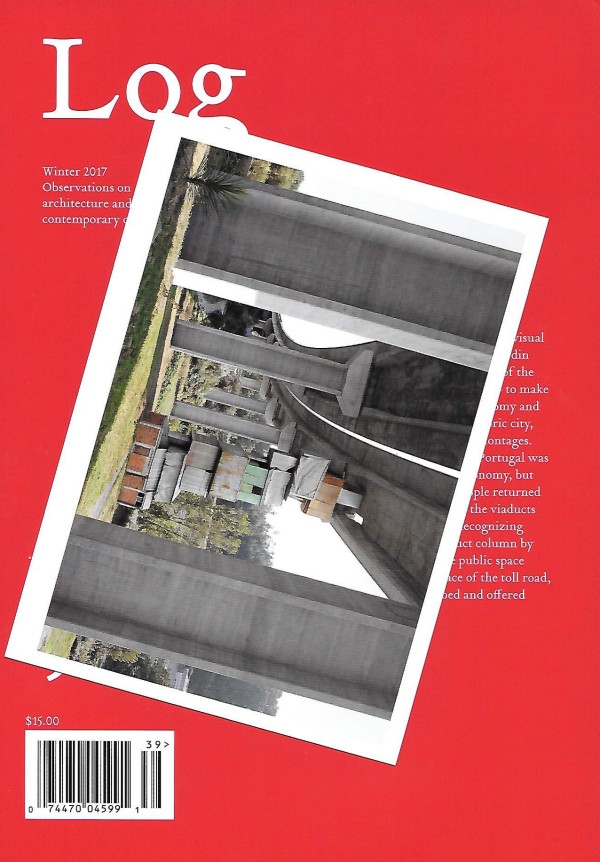
Superbug
Log 39 Spring 2017 — March 15, 2017
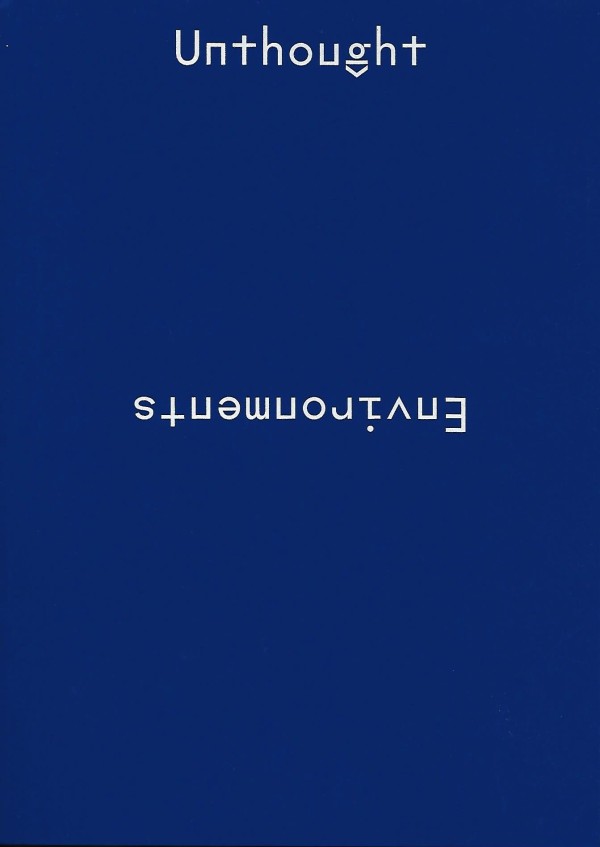
Terra Incognita
Unthought Environments — 2019
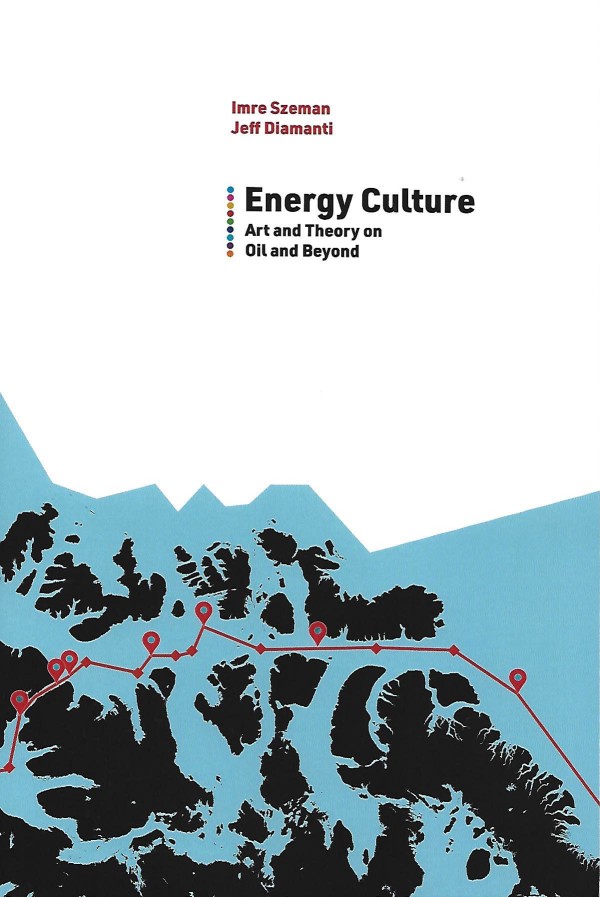
The Switch
Imre Szeman and Jeff Diamanti, eds., Energy Culture: Art and Theory on Oil and Beyond (West Virginia University Press). — 2019
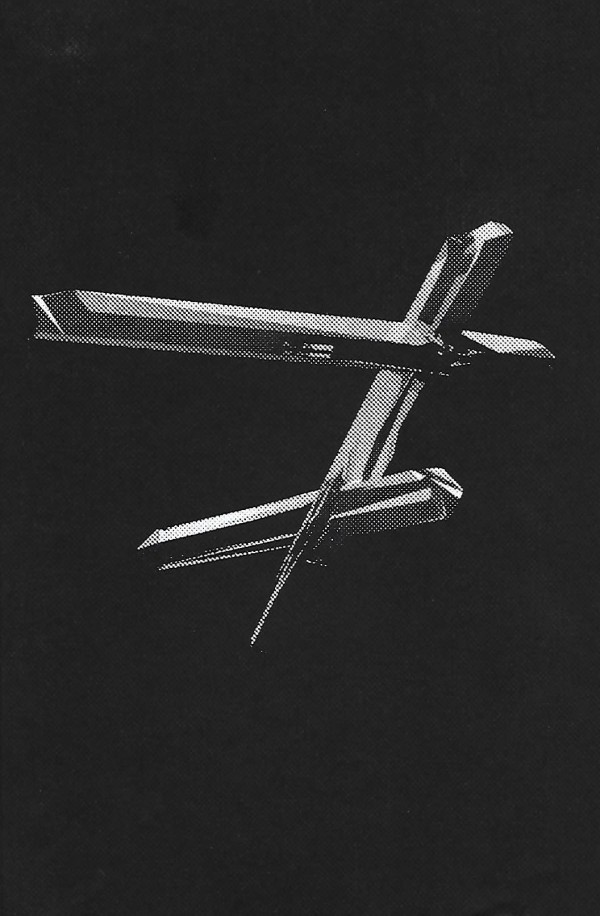
Things That Don’t Always Work
Ryan Bishop, Kristoffer Gansing, Jussi Parikka and Elvia Wilk, eds., Across and Beyond—A Transmediale Reader on Post-digital Practices, Concepts, and Institutions — 2016
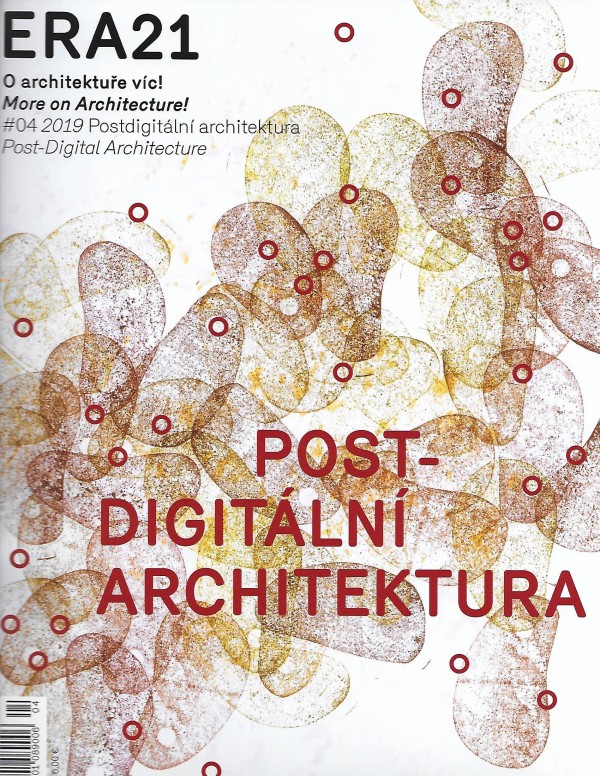
Things That Shouldn’t Always Work
ERA 21 Post Digitalni Architektura — 2019
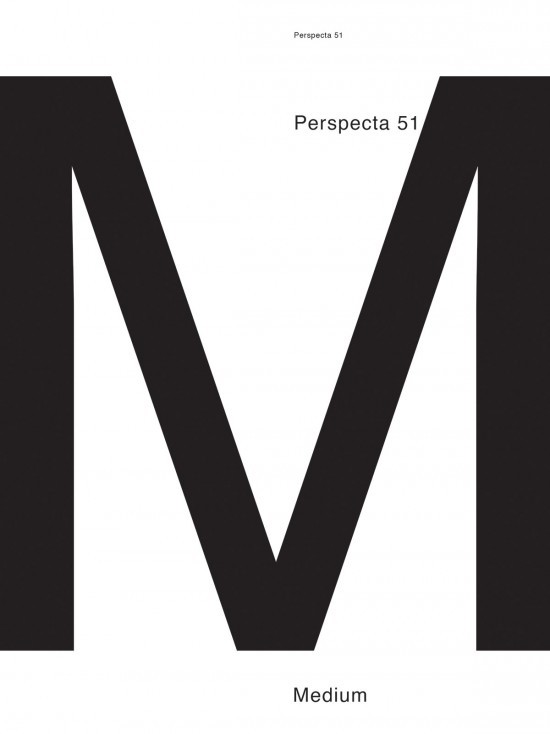
To Play Space
Perspecta 51: Medium — October 1, 2018
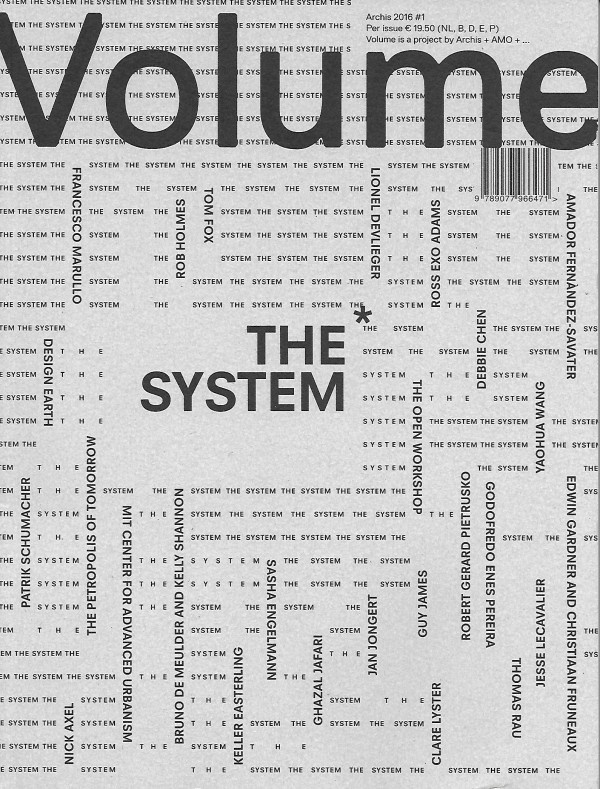
Protocols of Interplay
Volume: The System — April 1, 2016
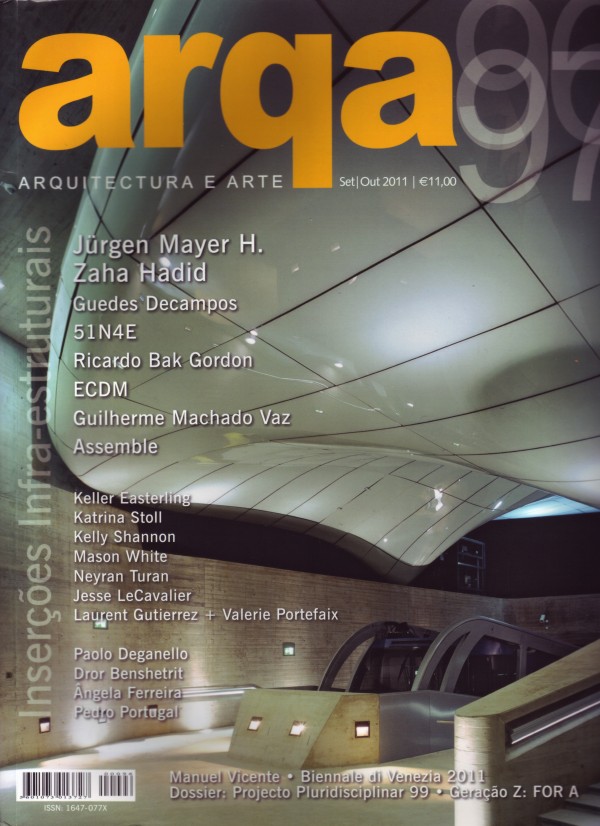
Interview
Arqa — 2011
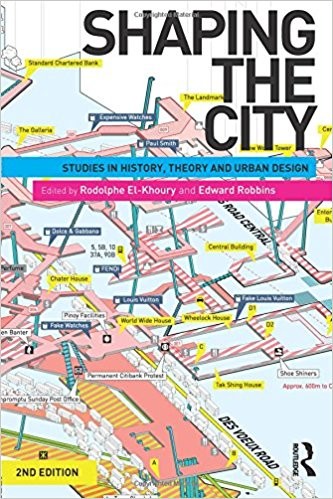
World City Doubles
Roldolphe El-Khoury and Edward Robbins, ed., Shaping the City: Studies in History, Theory and Urban Design (Routledge). — June 1, 2013
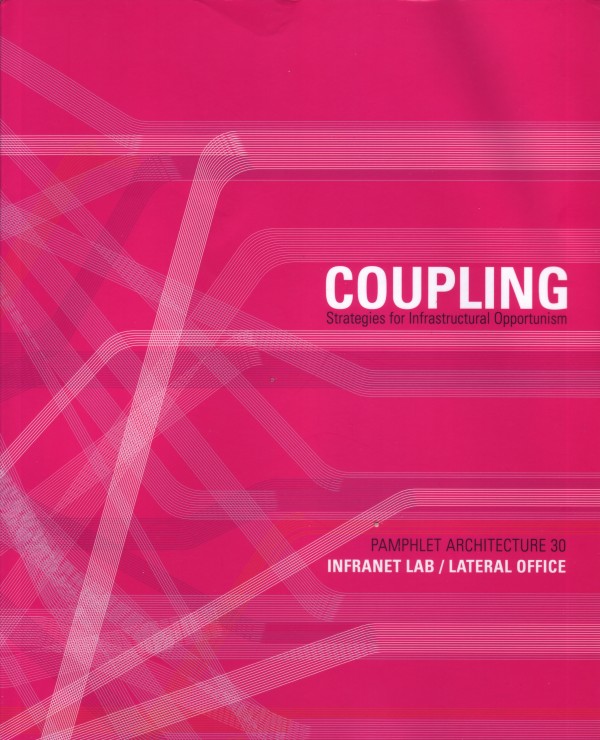
Fresh Fields
Coupling: Pamphlet Architecure 30 Infranet Lab/Lateral Office (New York: Princeton Architectural Press) — 2011
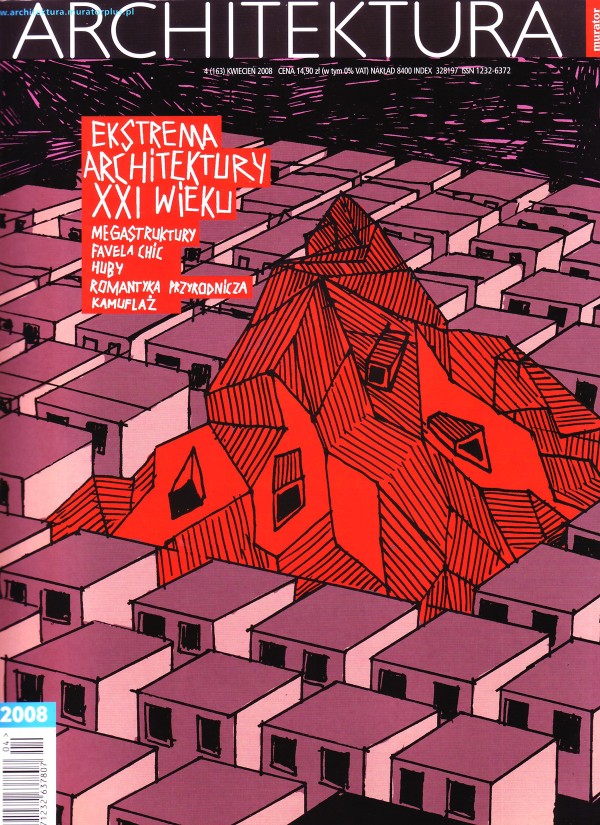
Megabuilding
Architektura 4, 163 (Kwiecien) — 2009
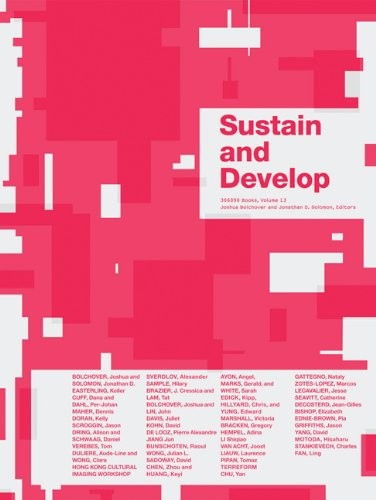
In the Briar Patch
Jonathan Solomon ed., Sustain and Develop 306090 Volume 13 (New York: 306090, Inc.) — 2009
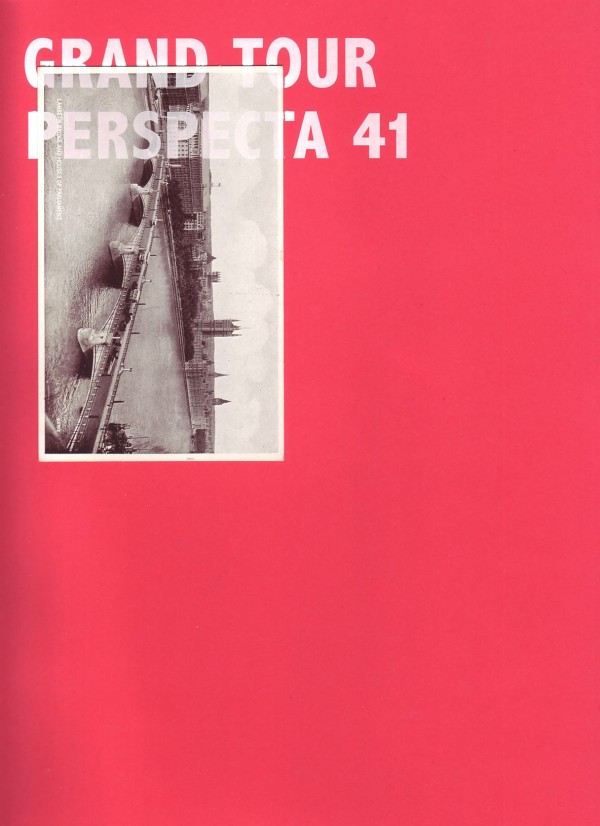
Intermediate Points of Interest
Gaby Brainard, Rustam Mehta, and Thom Moran eds., Perspecta 41 Grand Tour — 2008
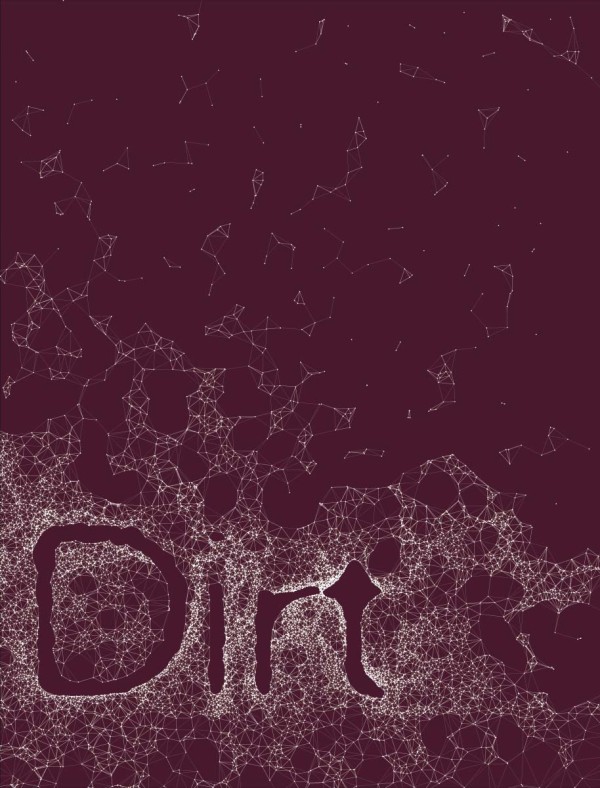
Rumor
Megan Born and Lily Jencks, eds, Via: Dirt, University of Pennsylvania — 2012
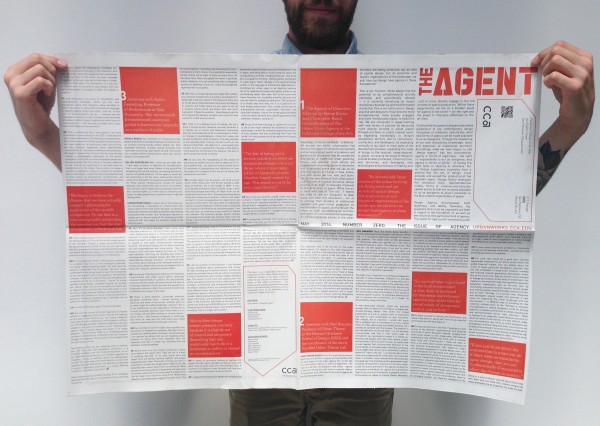
The Agent: Interview with Neeraj Bhatia
The Agent No. 0 — May 1, 2014
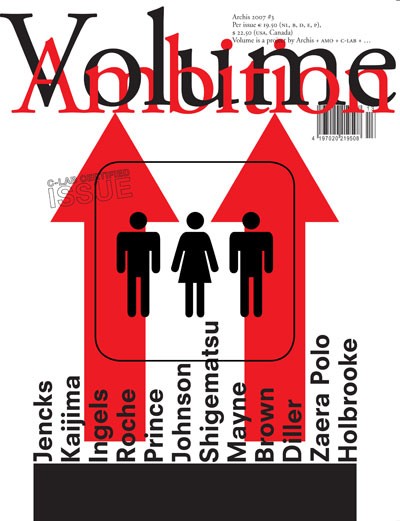
The Knowledge
Volume 13: Ambition — 2007
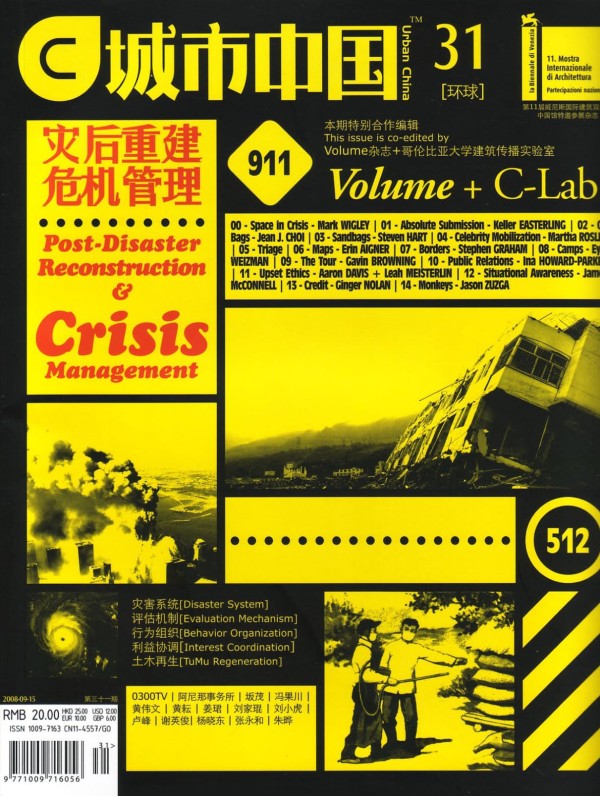
Absolute Submission
Crisis, a collaboration of C-Lab and Urban China — September 15, 2008
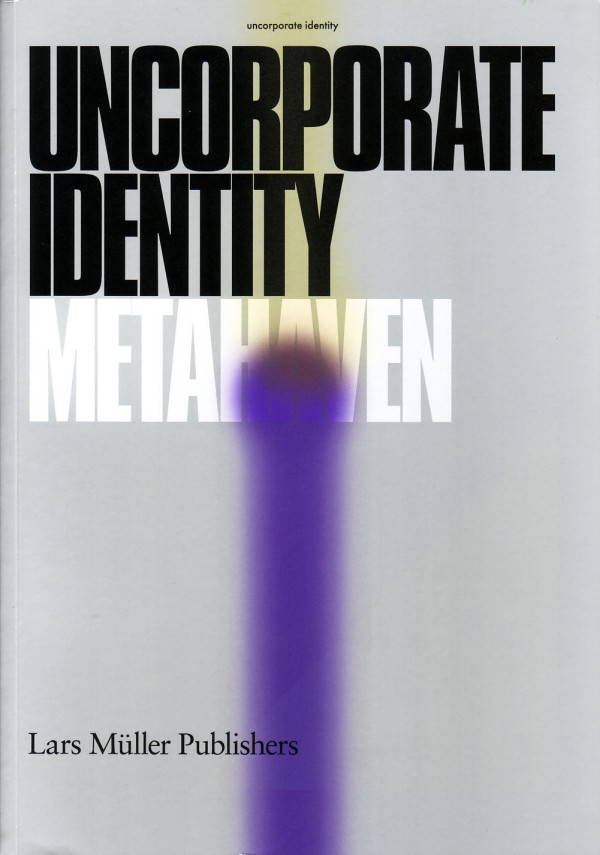
Come to Things
Metahaven and Marina Vishmidt, eds., Uncorporate Identity (Zürich: Lars Müller) — 2010
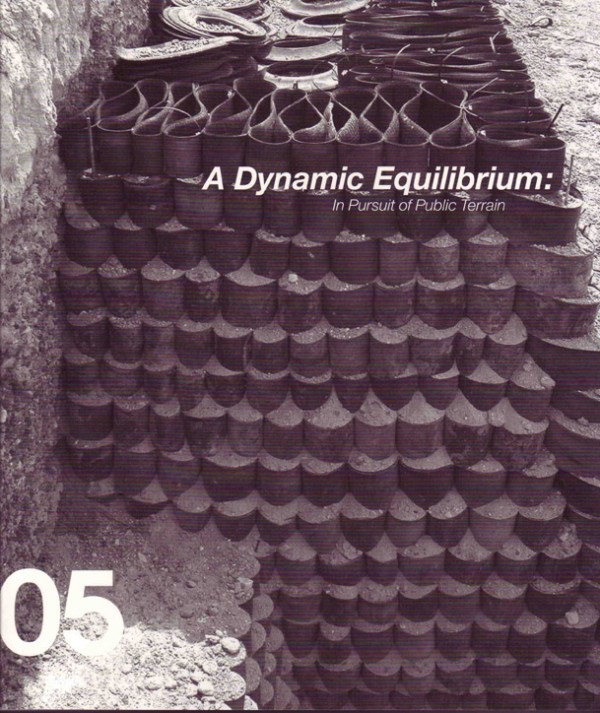
Disposition: In_site
In_Site: A Dynamic Equilibrium, In_Site 05 (Friessen) — 2007
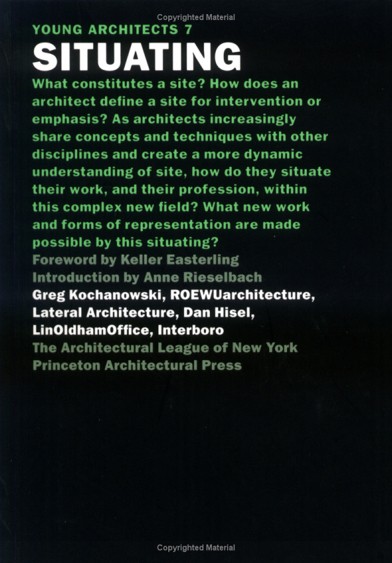
Foreword
Young Architects 7: Situating, catalog of Architectural League's Young Architects competition and exhibition (New York: Princeton Architectural Press) — 2006
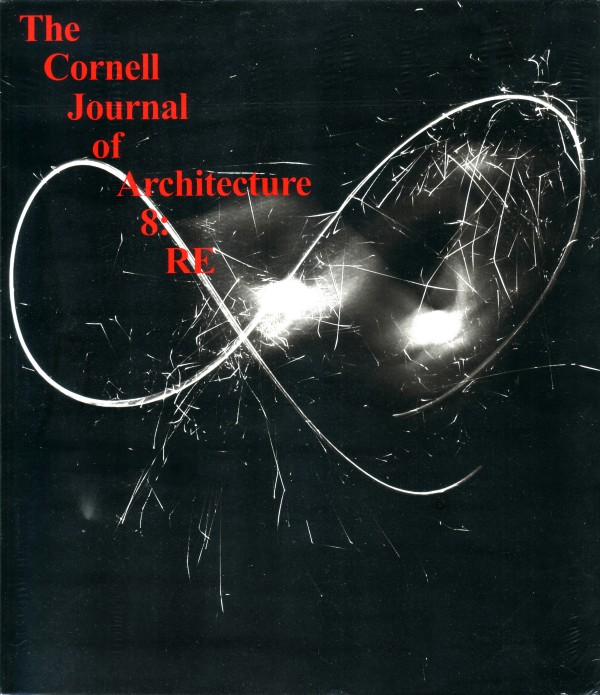
Pandas: A Rehearsal
Cornell Journal of Architecture — 2011
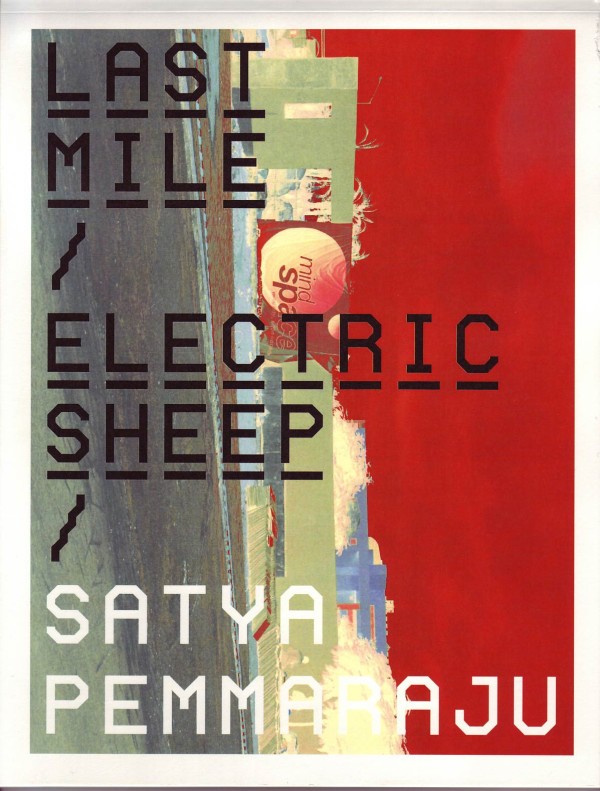
Other Aggressions and Maneuvers
The Last Mile, photography catalog Satya Pemmaraju (Gallery SKE) — 2007
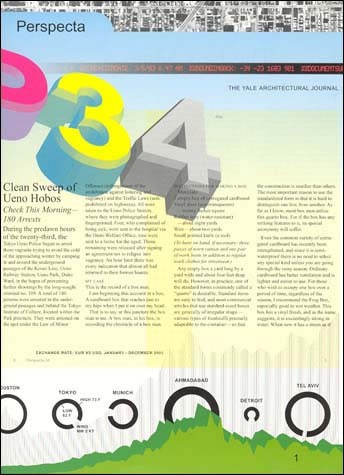
Subtraction
Perspecta 34: Temporary Architecture (MIT Press) — 2003
A-Ware
Journal of Architectural Education, special digital issue — January 1, 2002
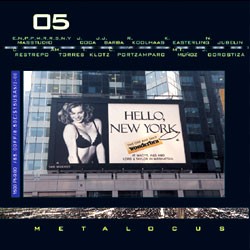
Wildcards: a Game of Orgman
Metalocus 5 — 2000
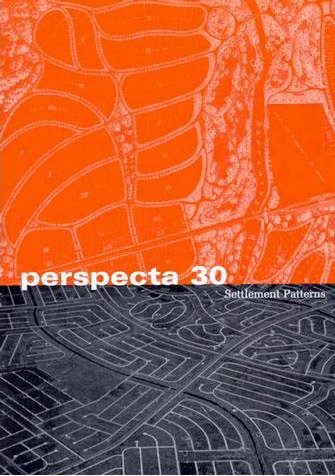
Interchange and Container: The New Orgman
Perspecta 30 Settlement Patterns — 1999
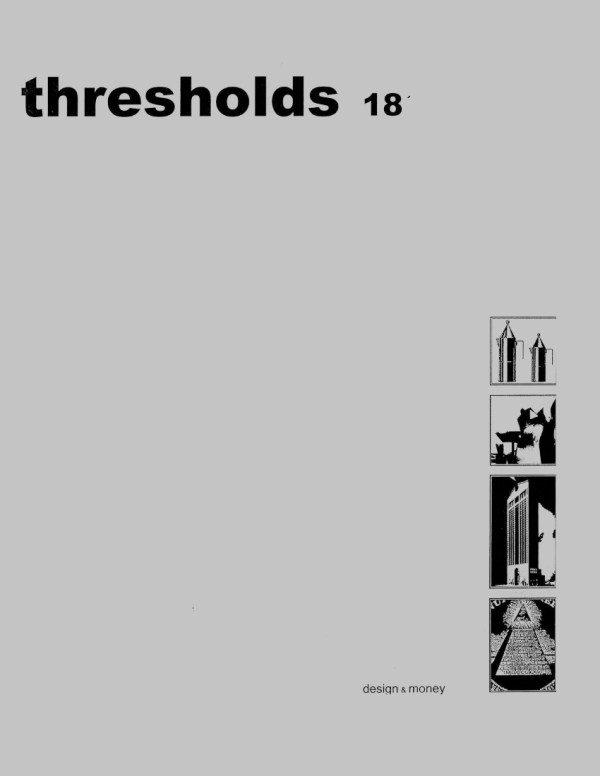
A Short Contemplation on Money and Comedy
Thresholds 18 (MIT) — 1999
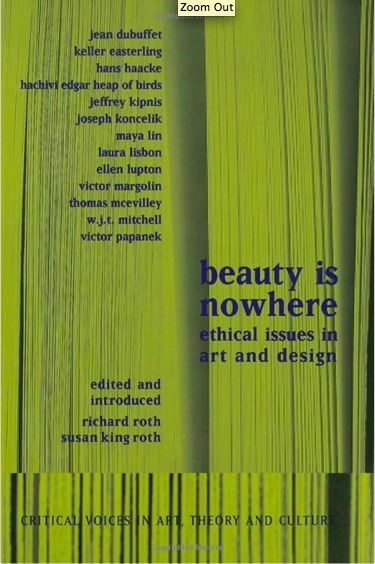
Distributive Protocols: Residential Formations
Beauty is Nowhere: Ethical Issues in Art and Design (Routledge) — 1998
American Town Plans excerpt
ANY — 1993
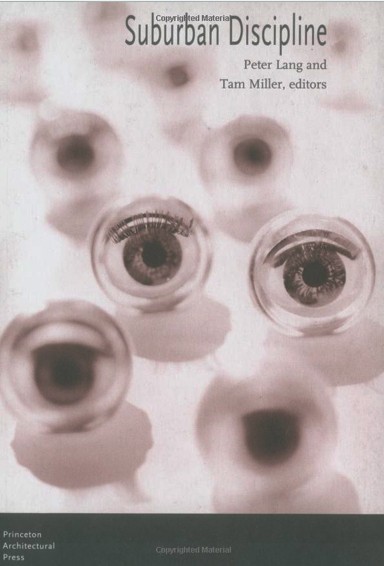
Siting Protocols
Peter Lang, ed., Suburban Discipline (Storefront Books) — 1997
Call it Home
Assemblage 24 — 1994
Perceiving Action
Offramp, SCI-ARC Journal, vol. 1, no. 5 — 1993
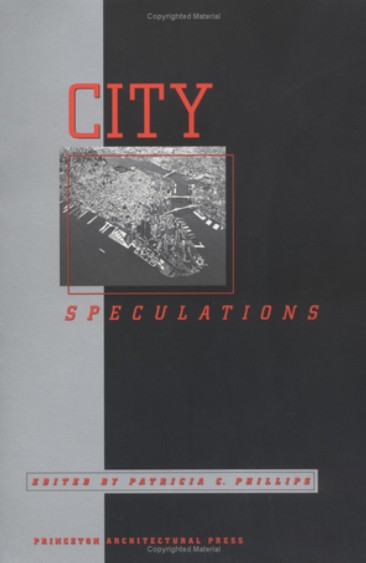
Switch
City Speculations (New York: Princeton Architectural Press) — 1996
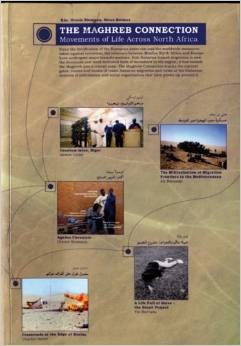
Non-statecraft
Maghreb Connection: Movements of Life Across North Africa (Barcelona: ACTAR) — 2007
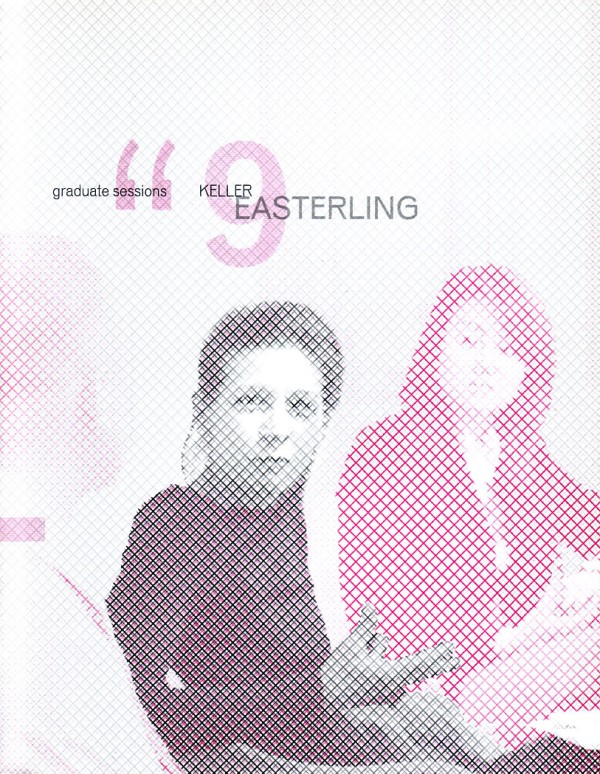
Graduate Sessions No. 9
Syracuse University — 2010
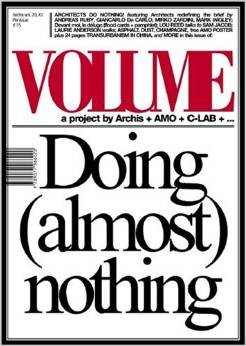
Not Everything
Volume 2: Not Everything — 2005
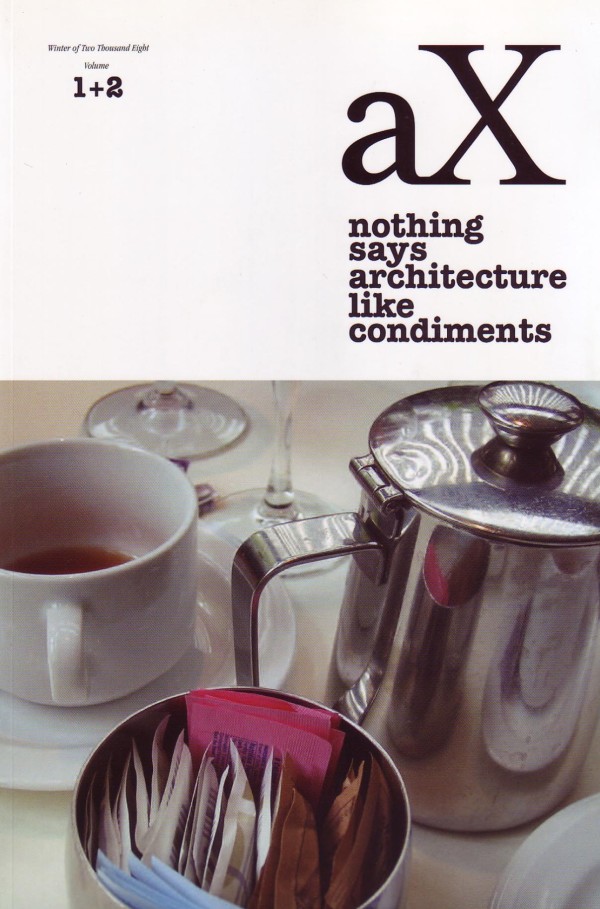
Without Claims to Purity
aX, vol. 1+2 (Winter) — 2008
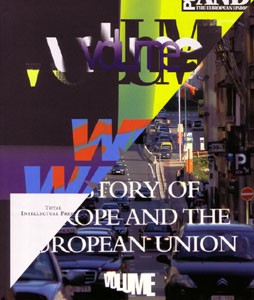
Architect-at-Large
Volume 1 — 2005
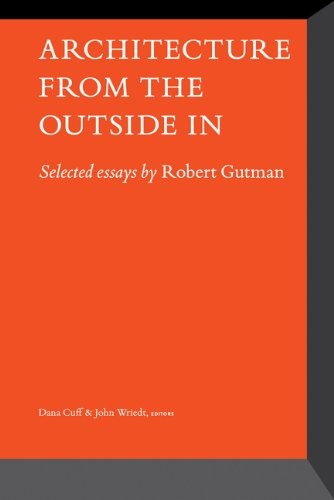
The Activist Entrepreneur
John Wriedt ed., Architecture: From the Outside In (New York: Princeton Architectural Press) — 2010
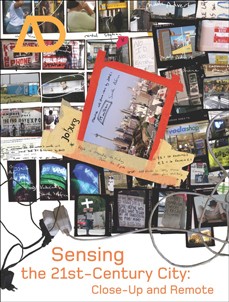
With Satellites: Remote Sending in South Asia and the Middle East
Brian McGrath and Grahame Shane eds., AD, Sensing the 21st Century: Close-up and Remote Vol. 75 No. 6 — 2005
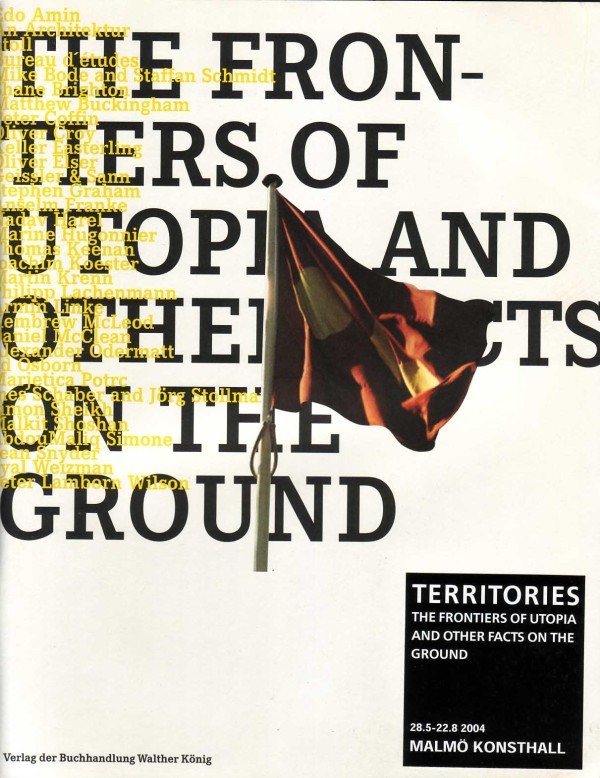
Offshore
Anselm Frank and Eyal Weizman, eds., Territories: the Frontiers of Utopia and Other Facts on the Ground (Berlin: Verlag der Buchhandlung Walther König) — 2004
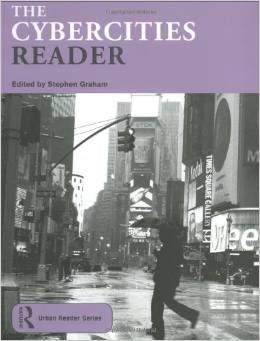
Orgman
Stephen Graham, ed., The Cybercities Reader (London: Routledge) — 2003
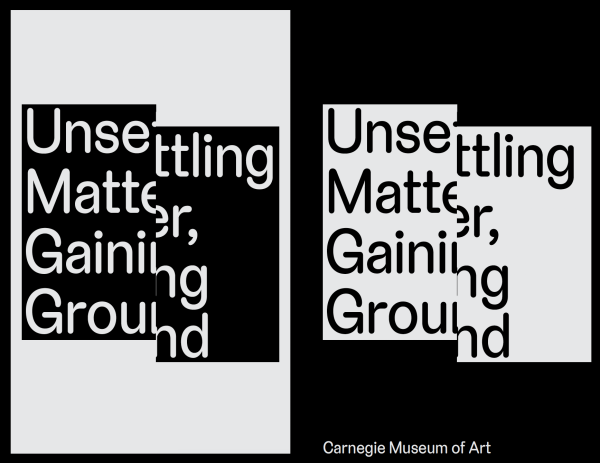
Unsettling Matter Gaining Ground, Dialogue with Imani Jacqueline Brown
Carnegie Museum of Art — October 5, 2023 – January 7, 2024
